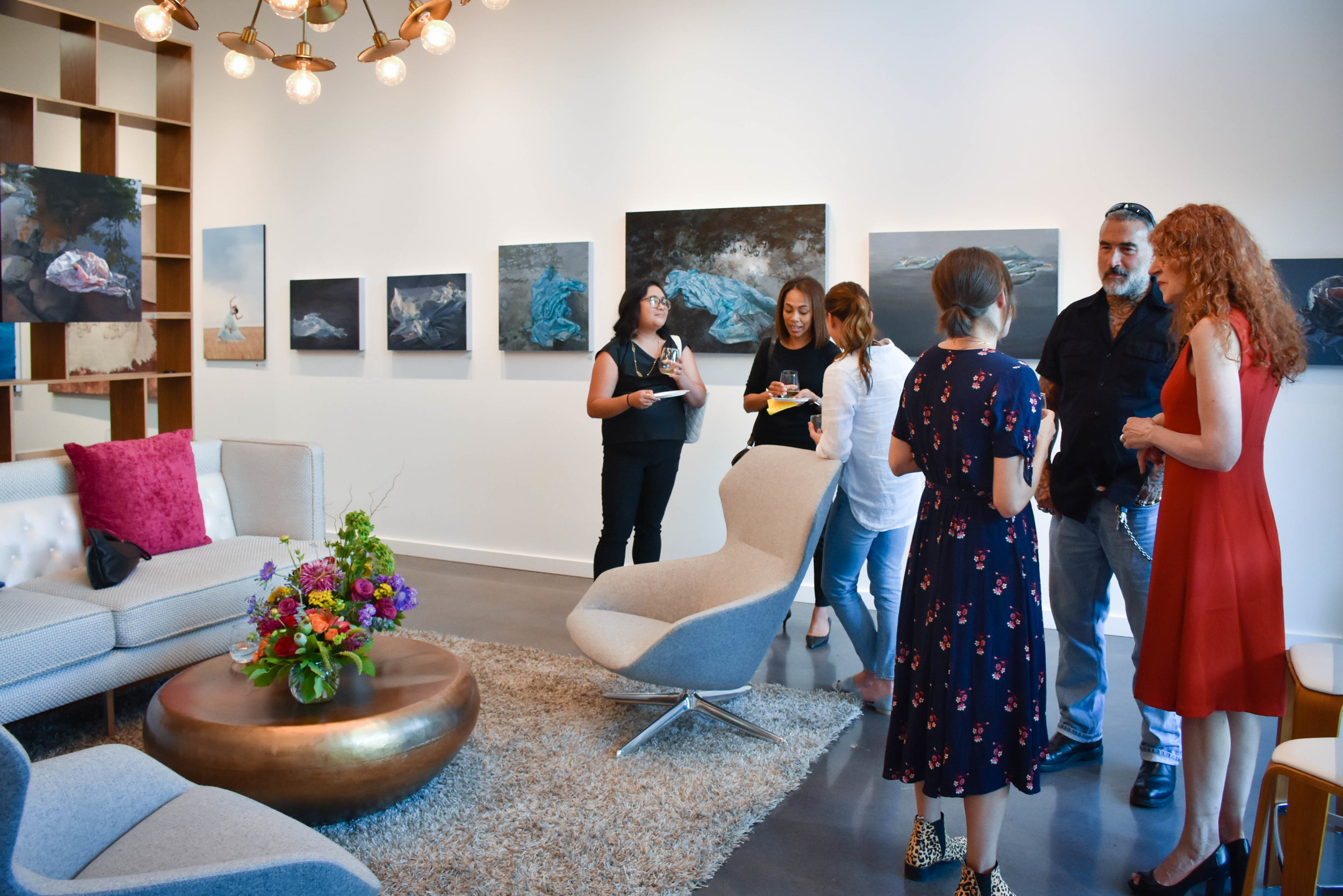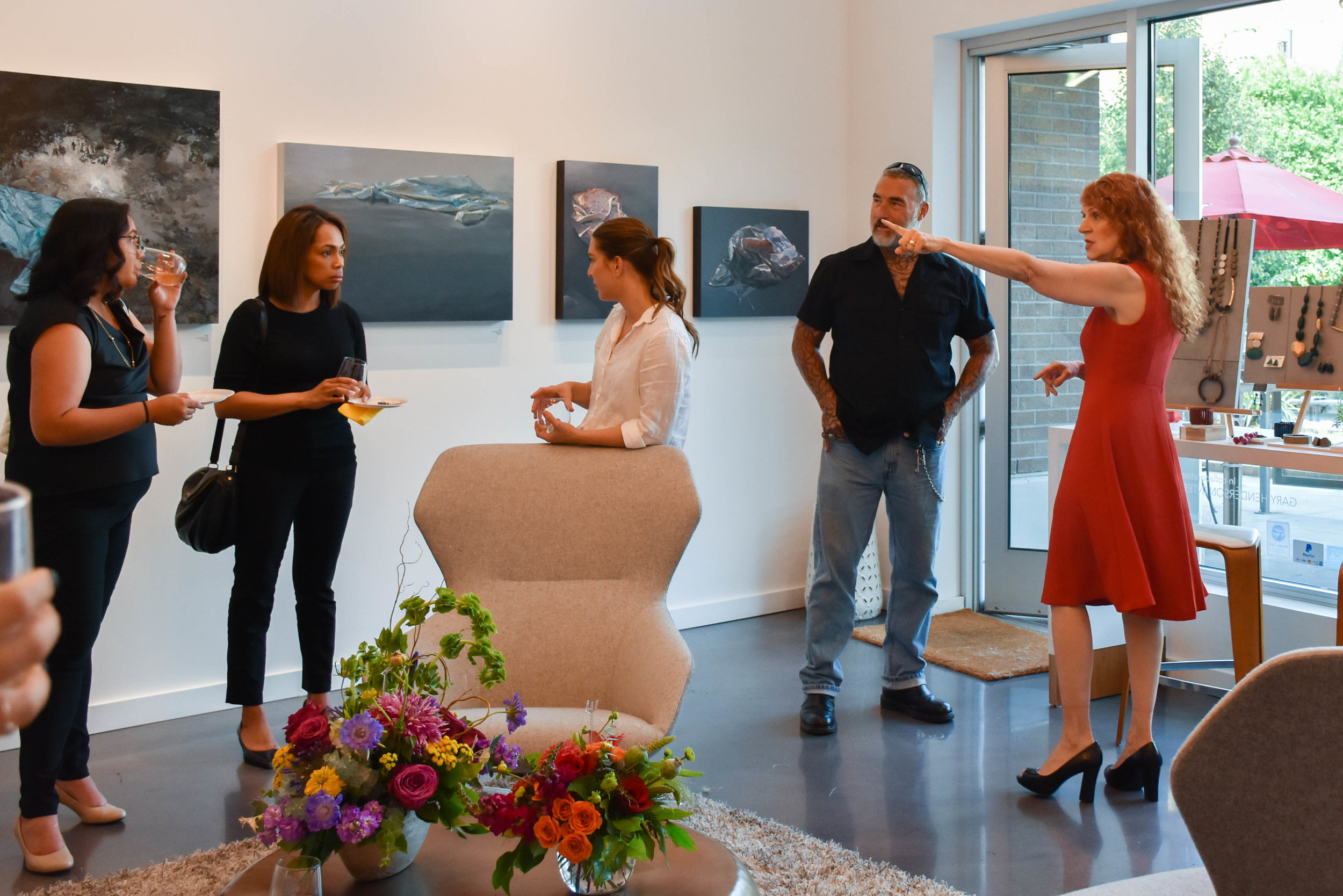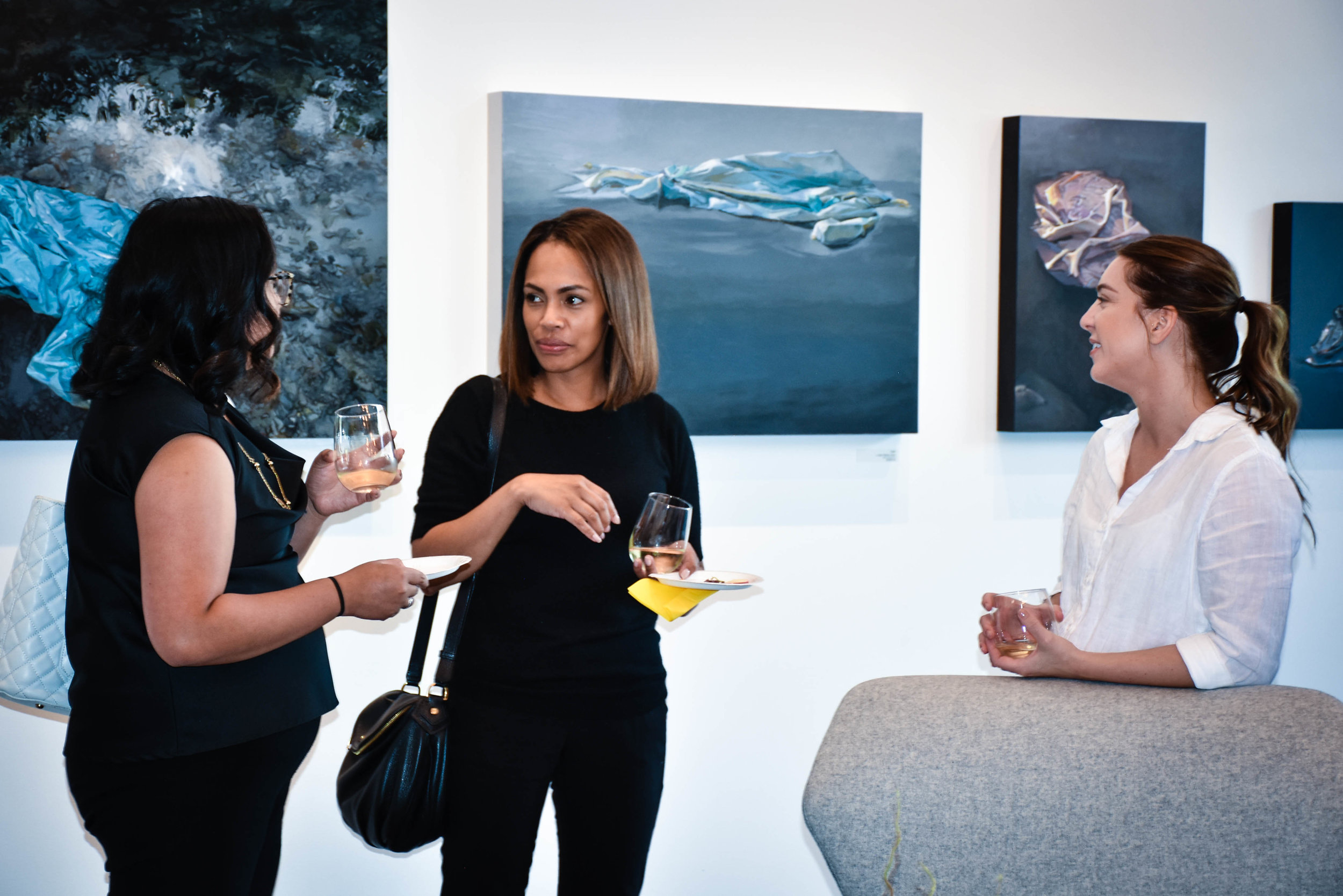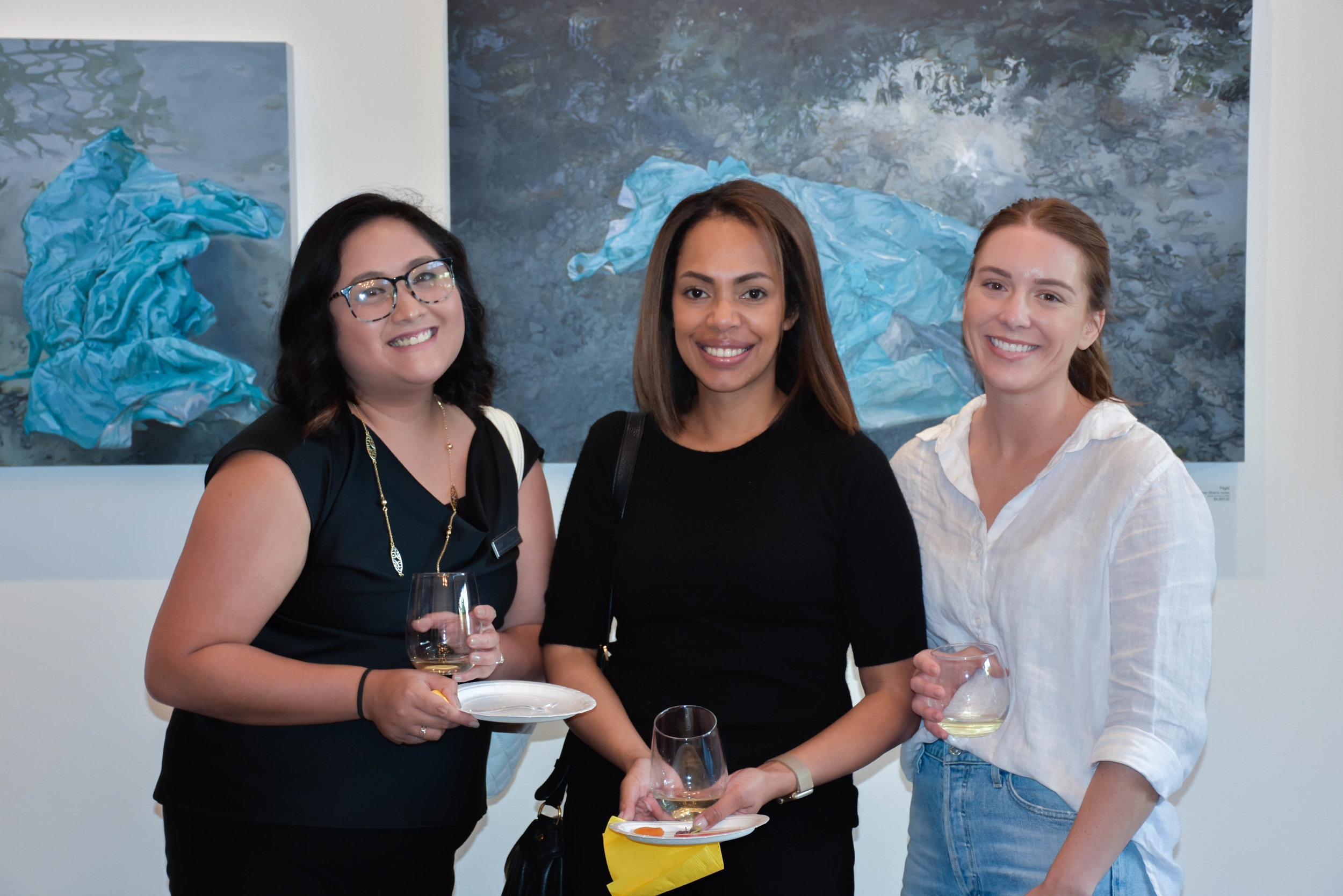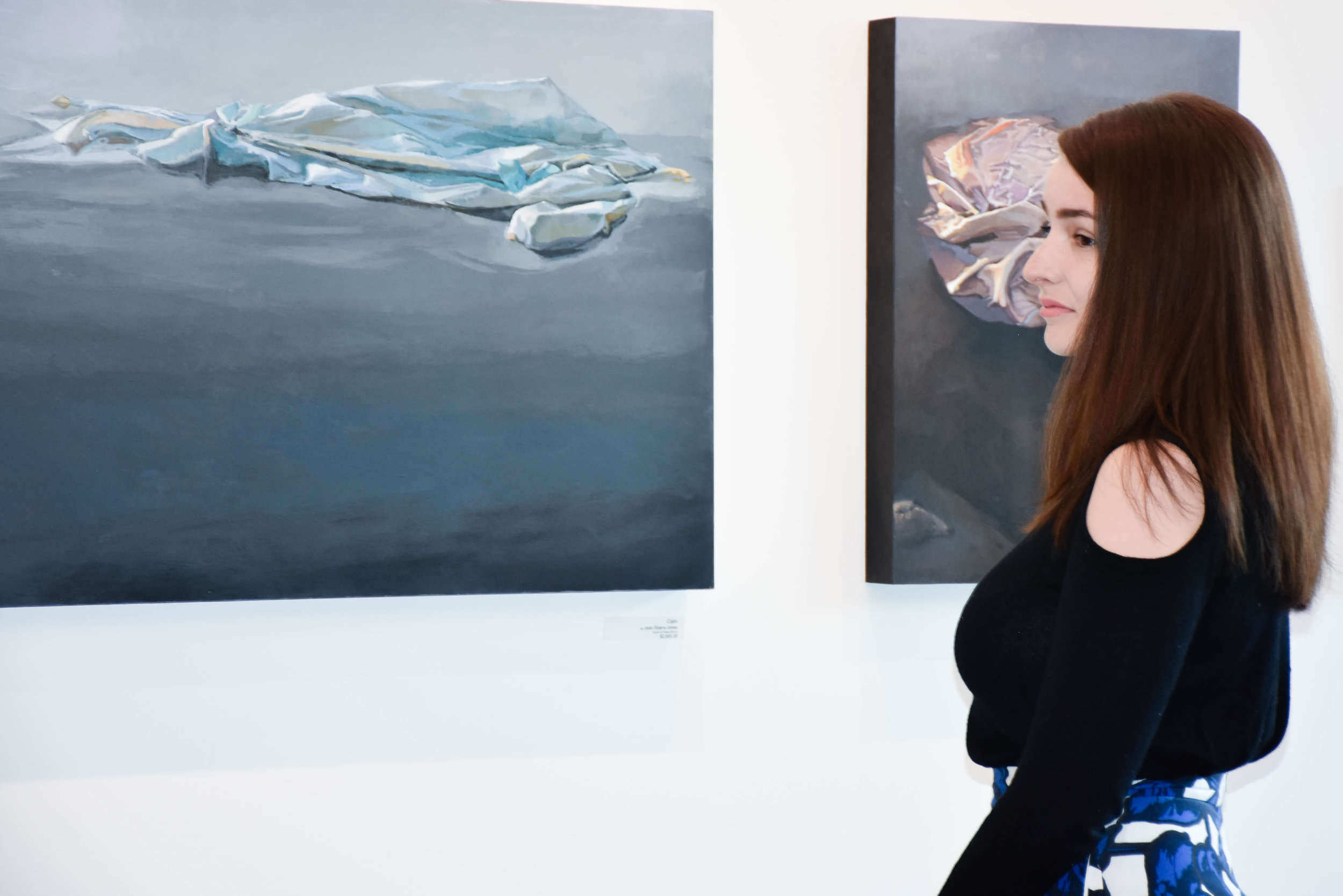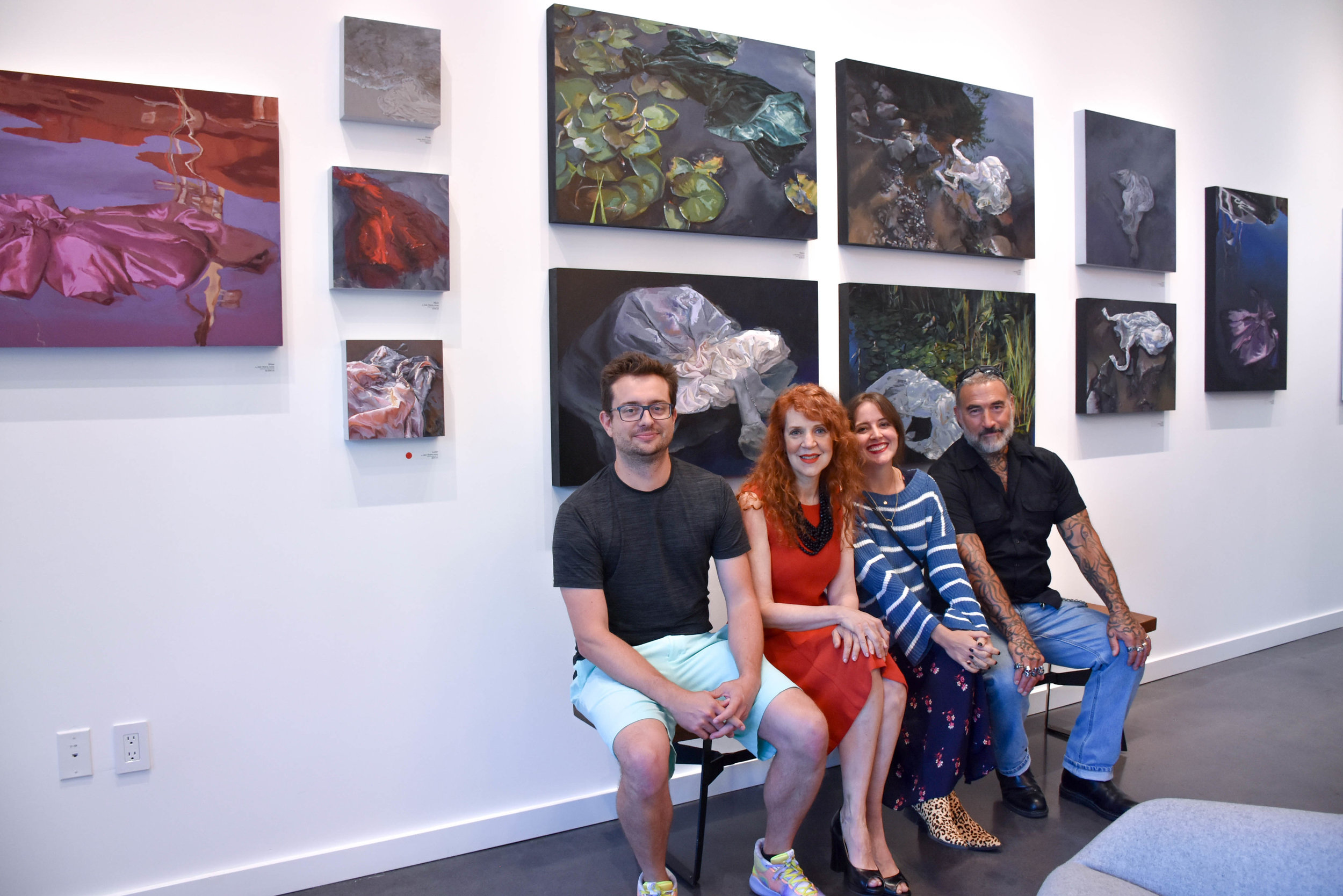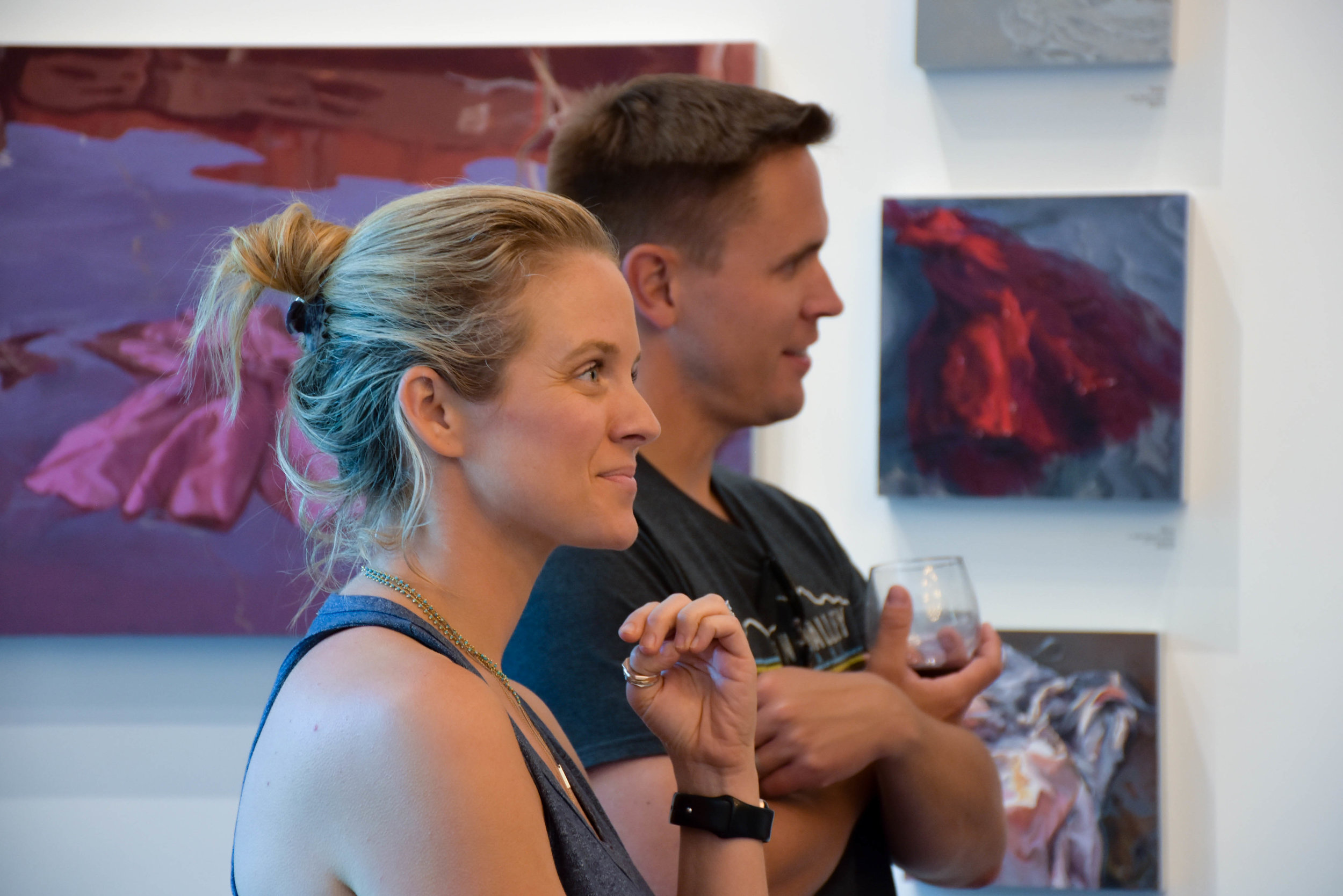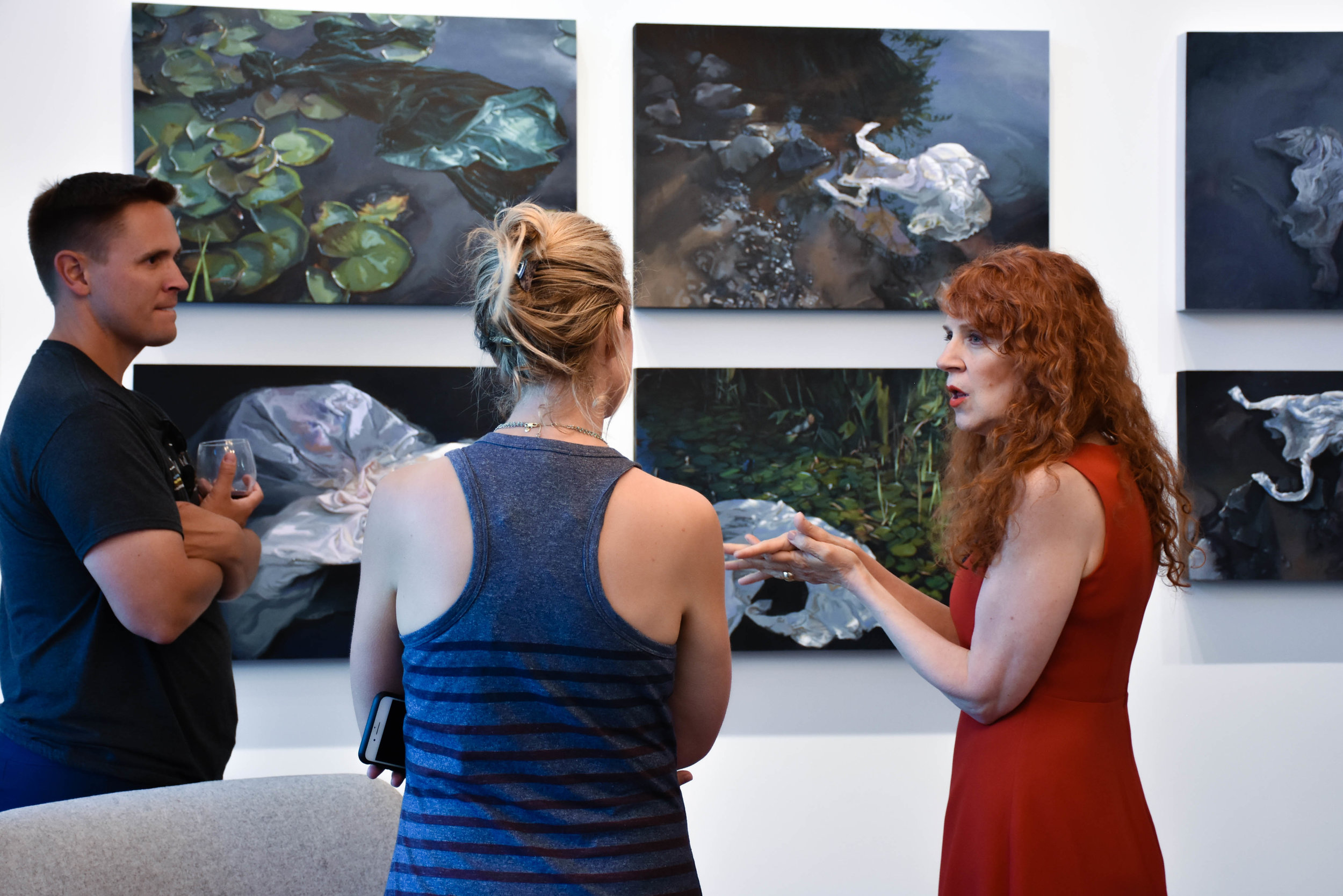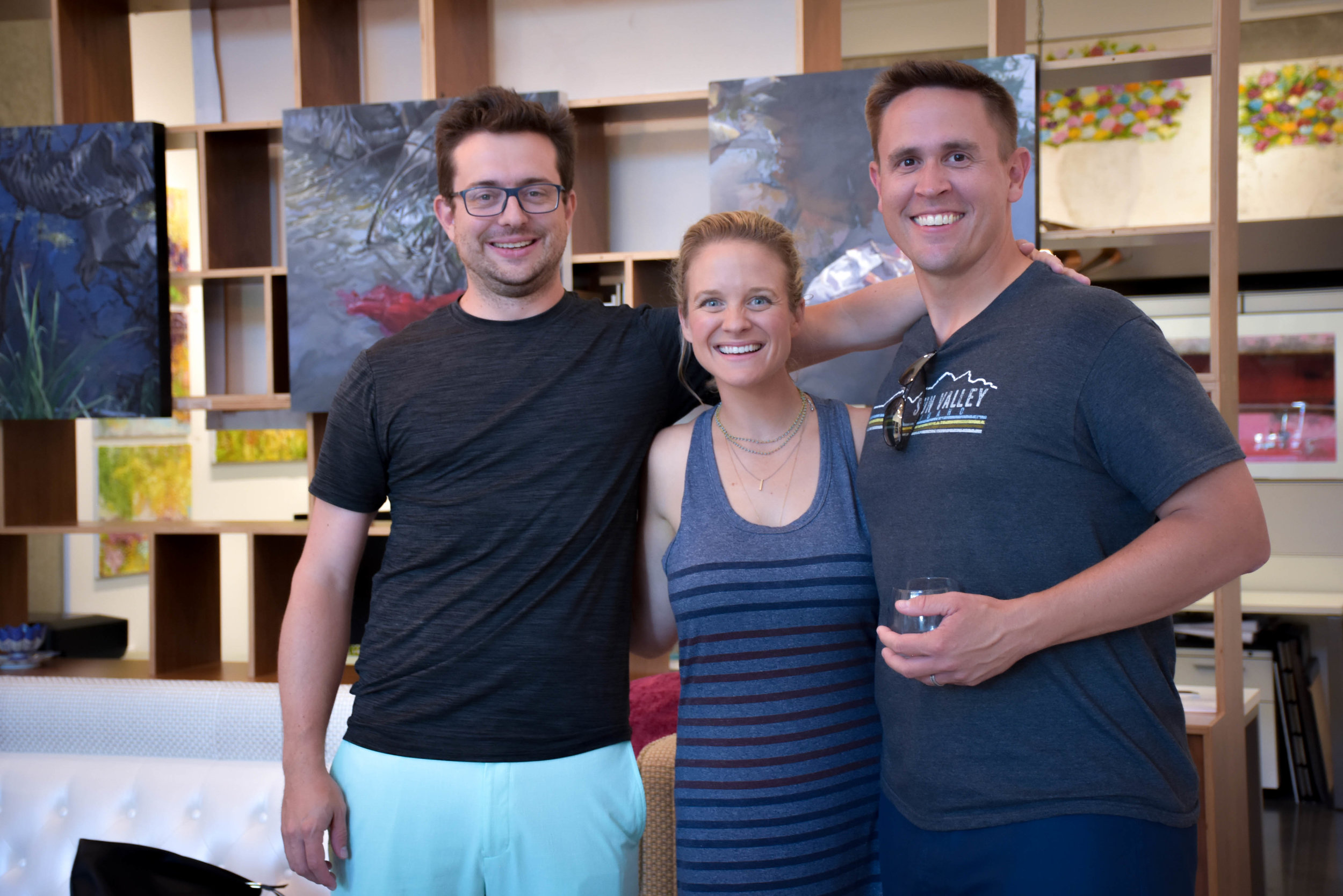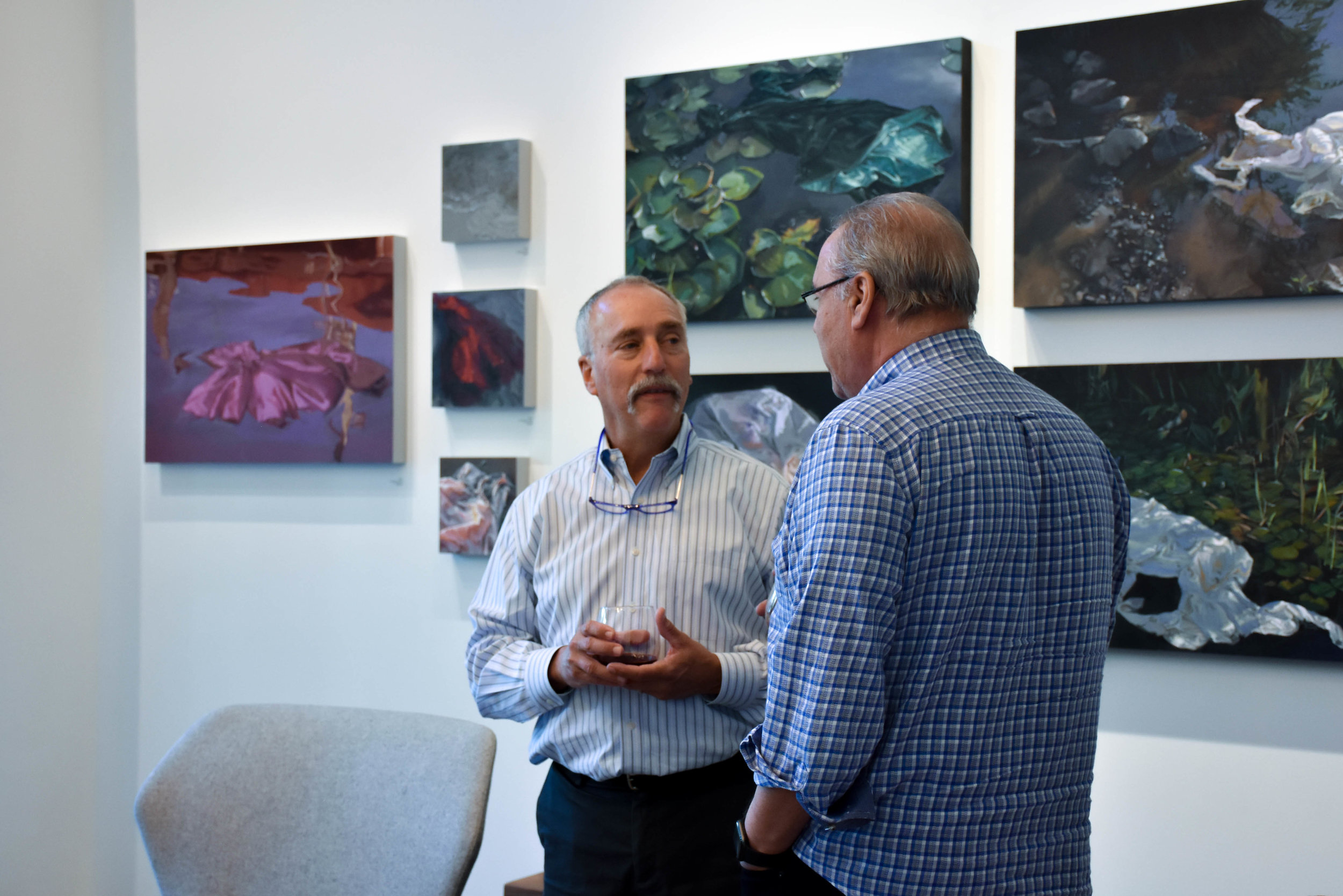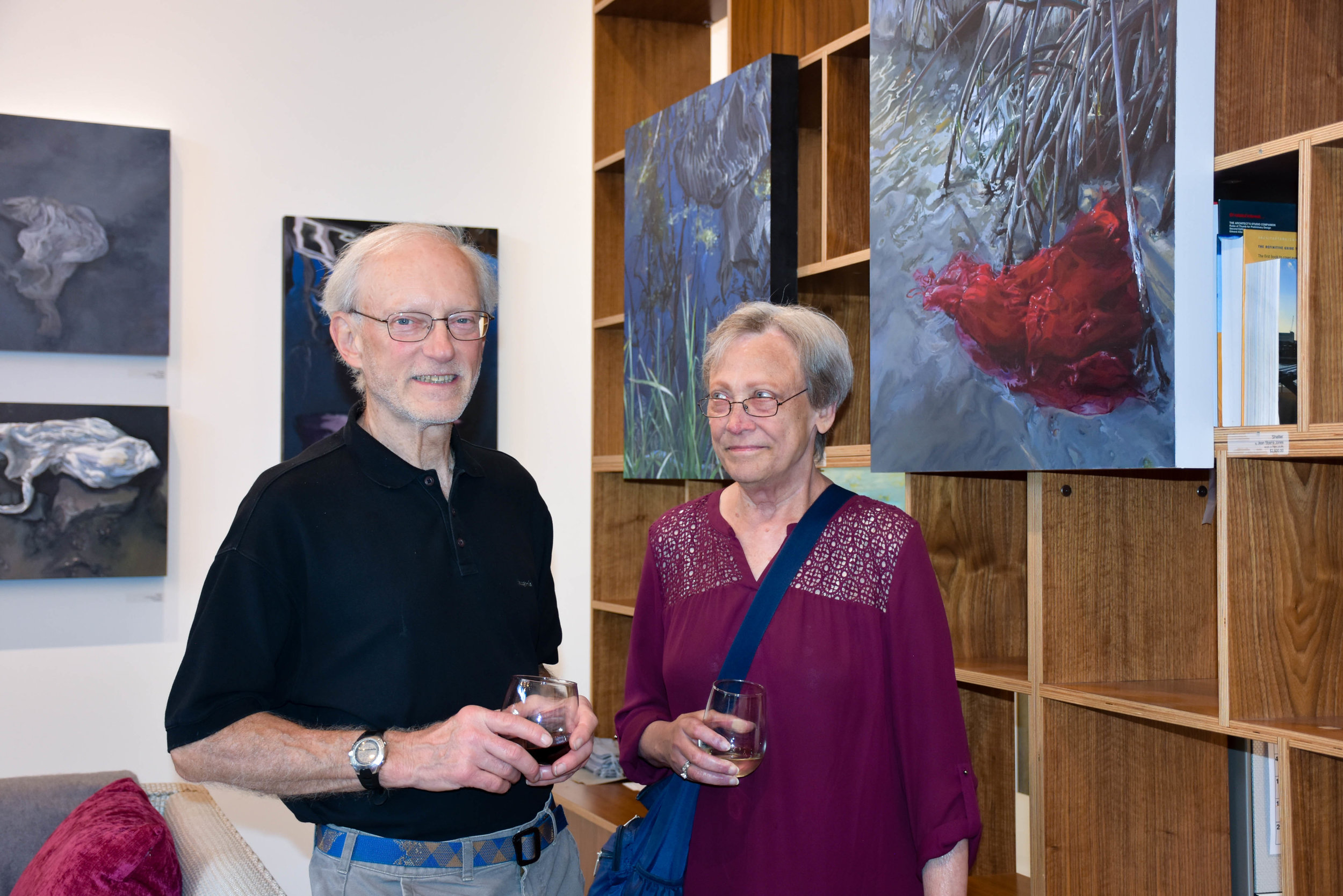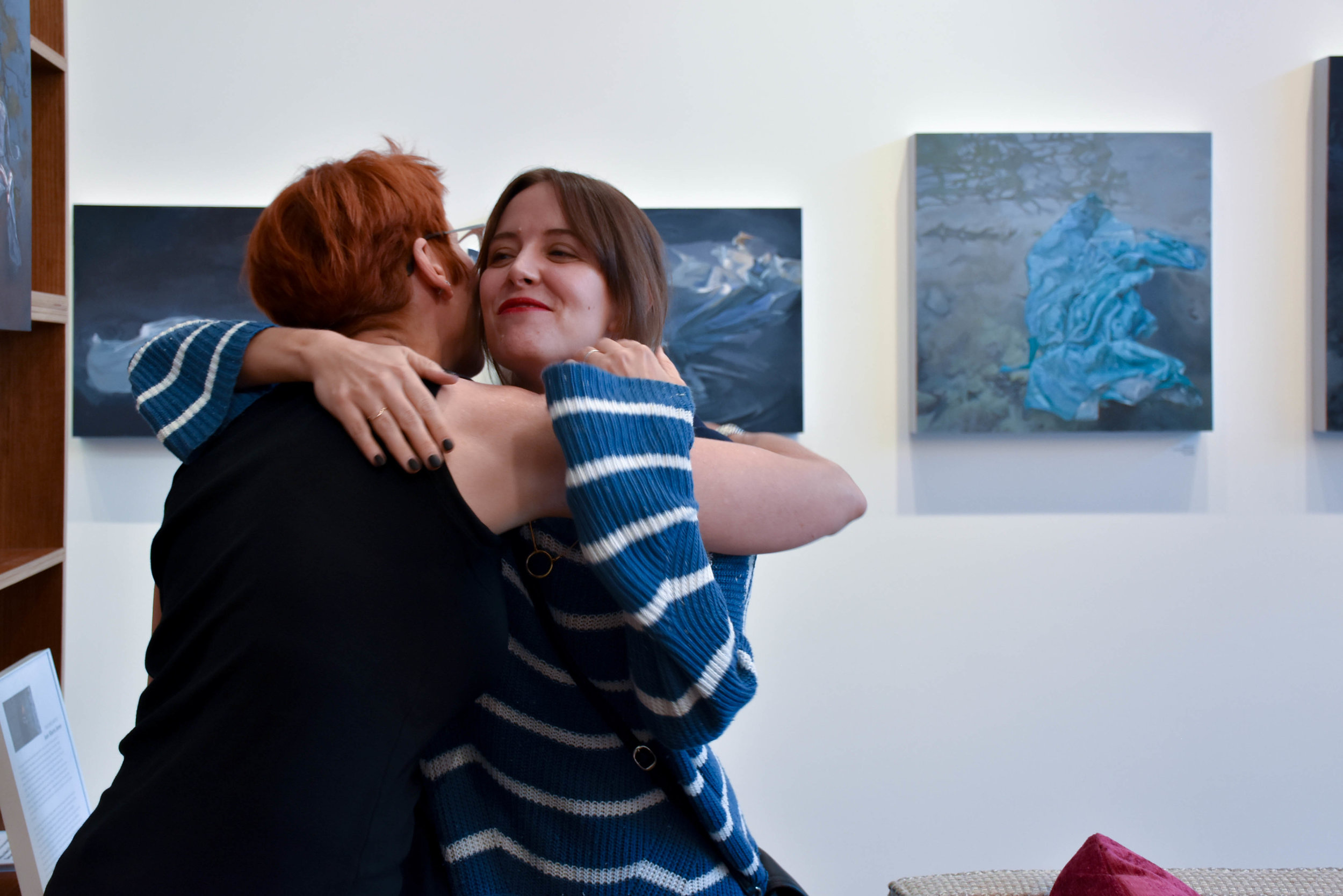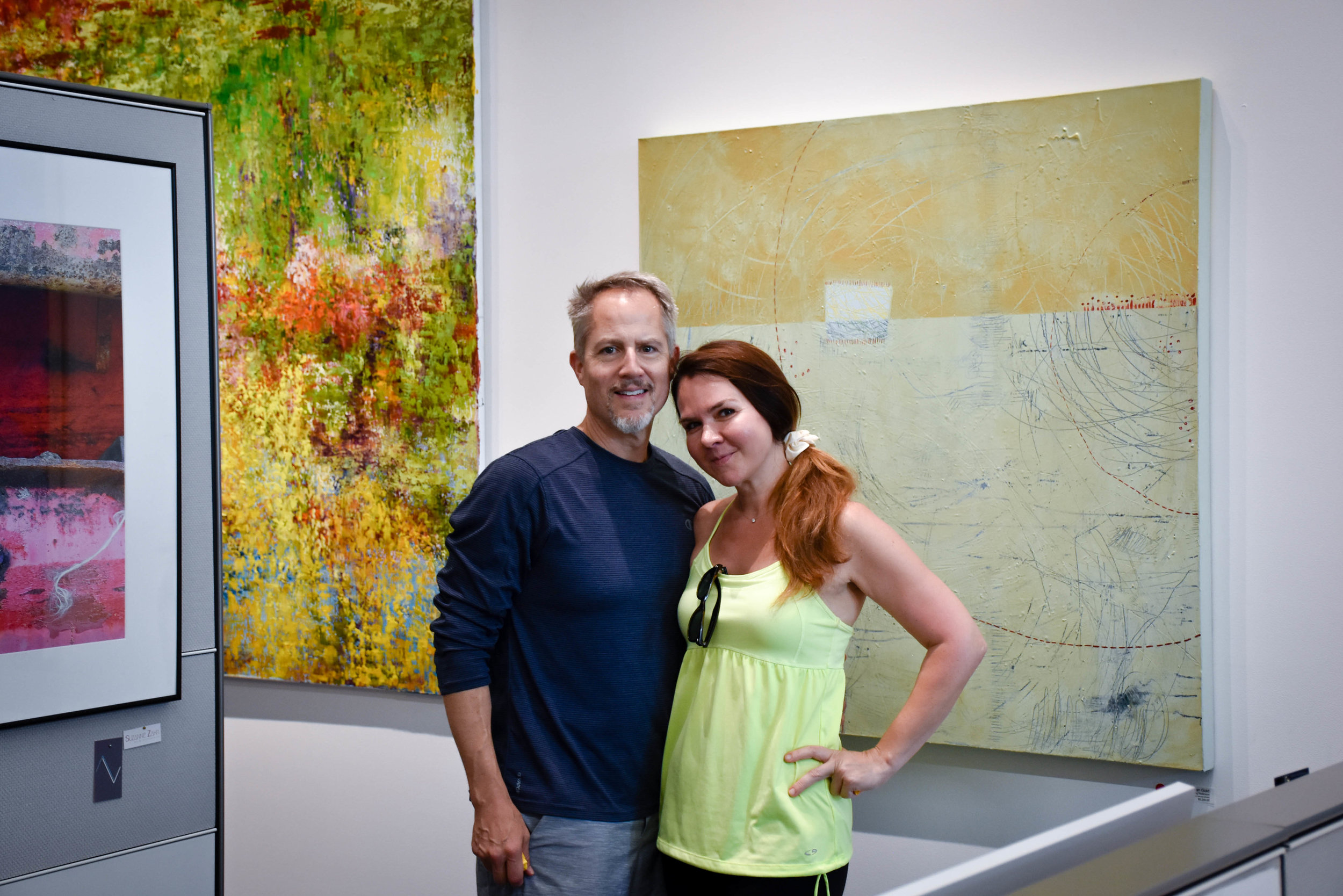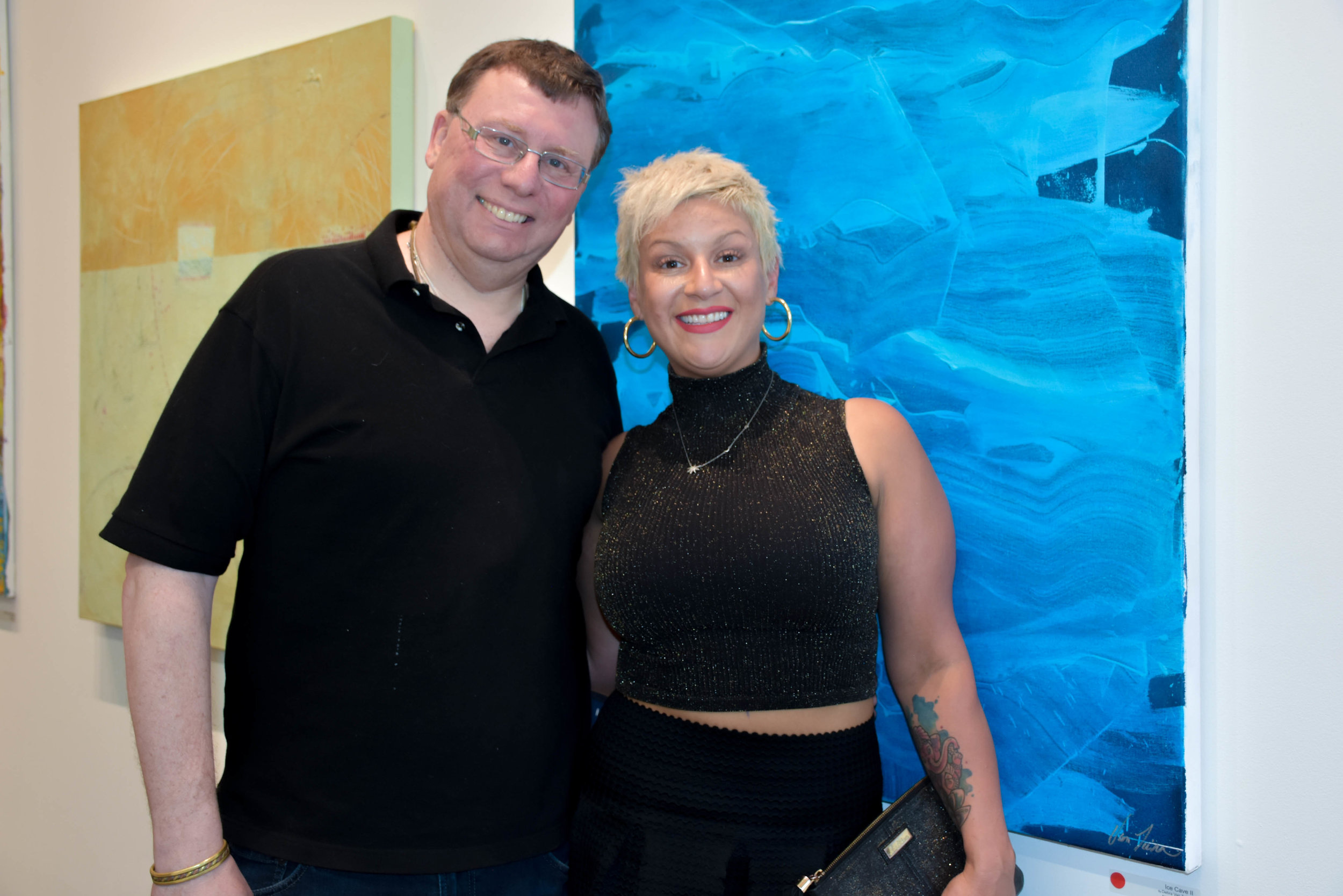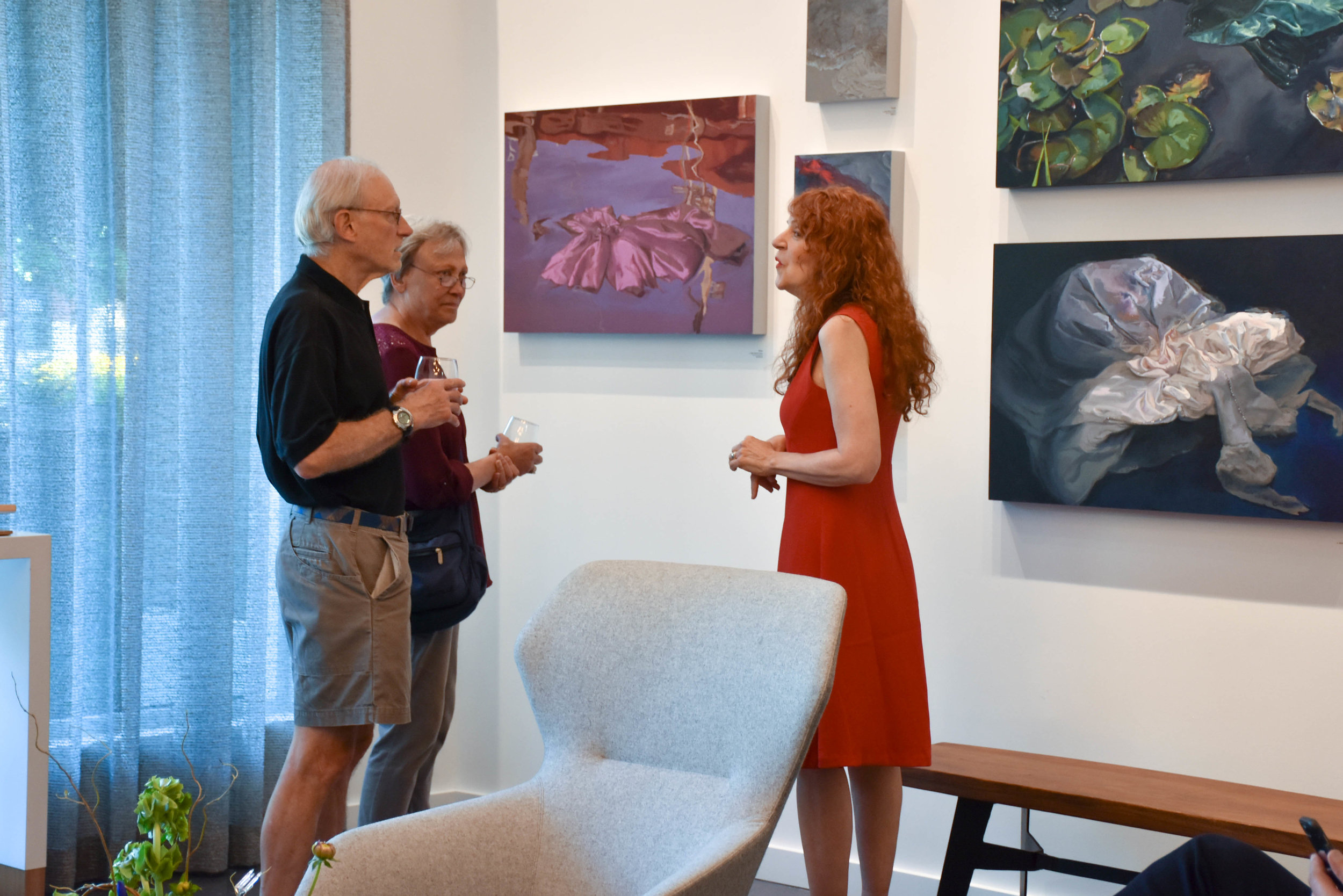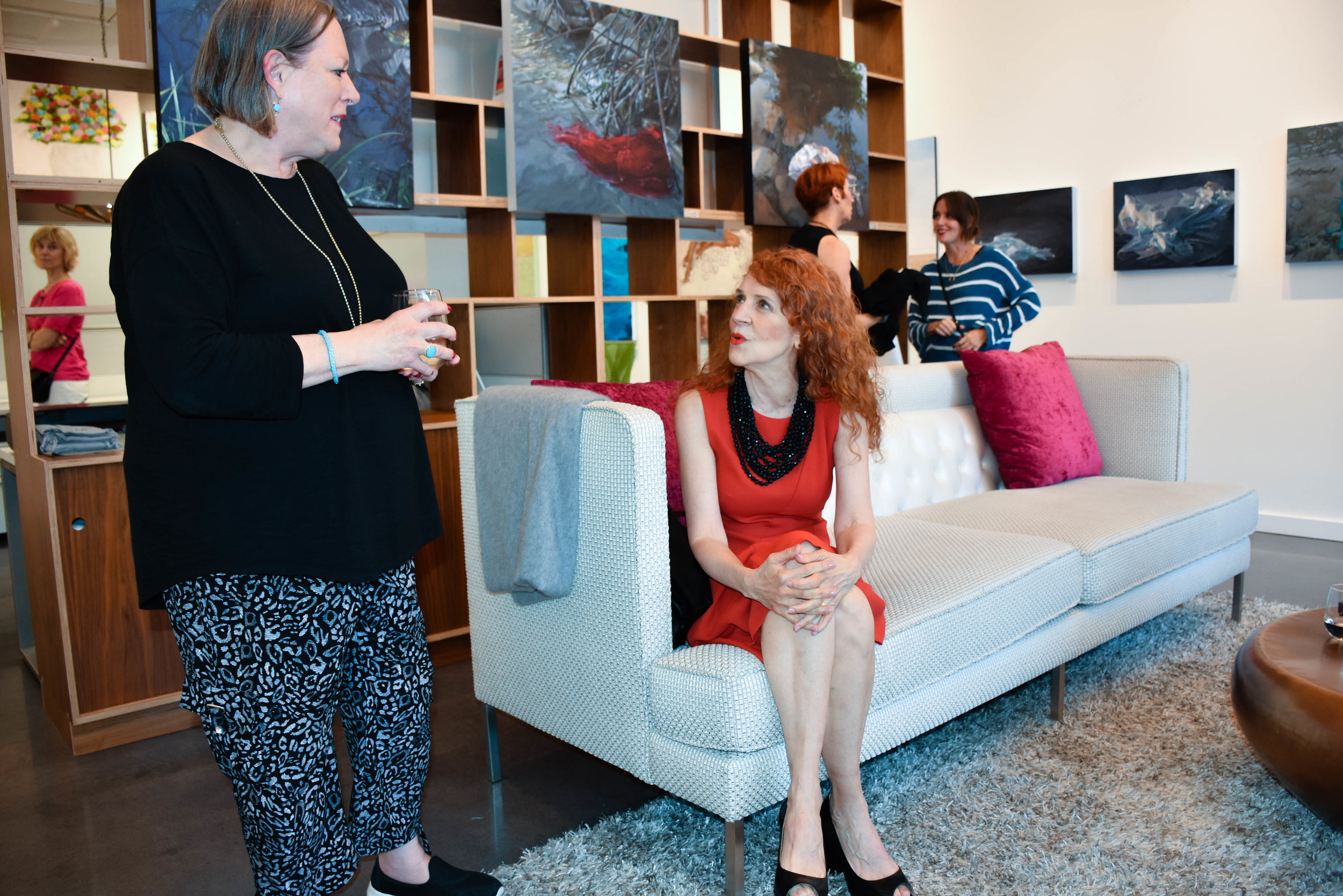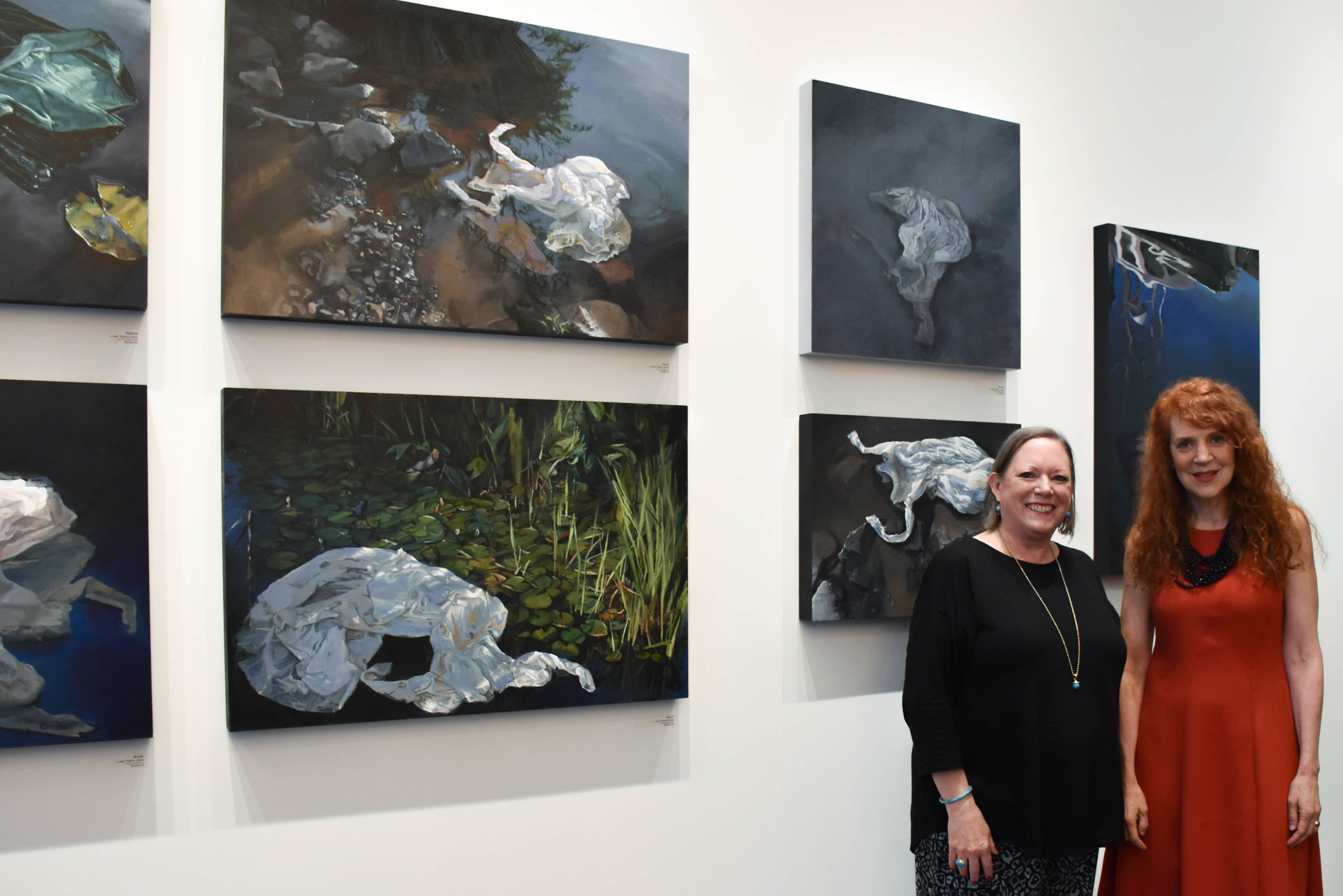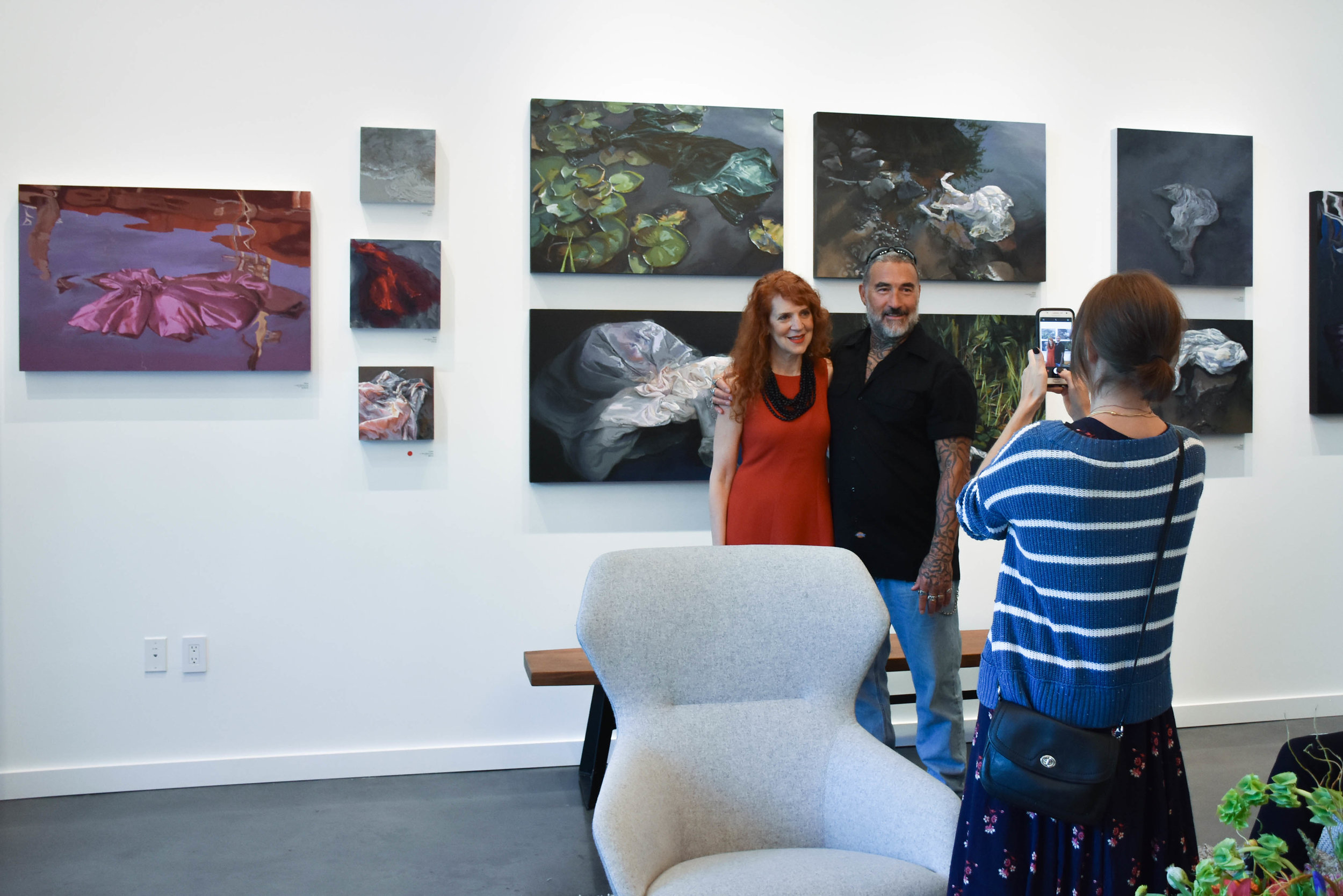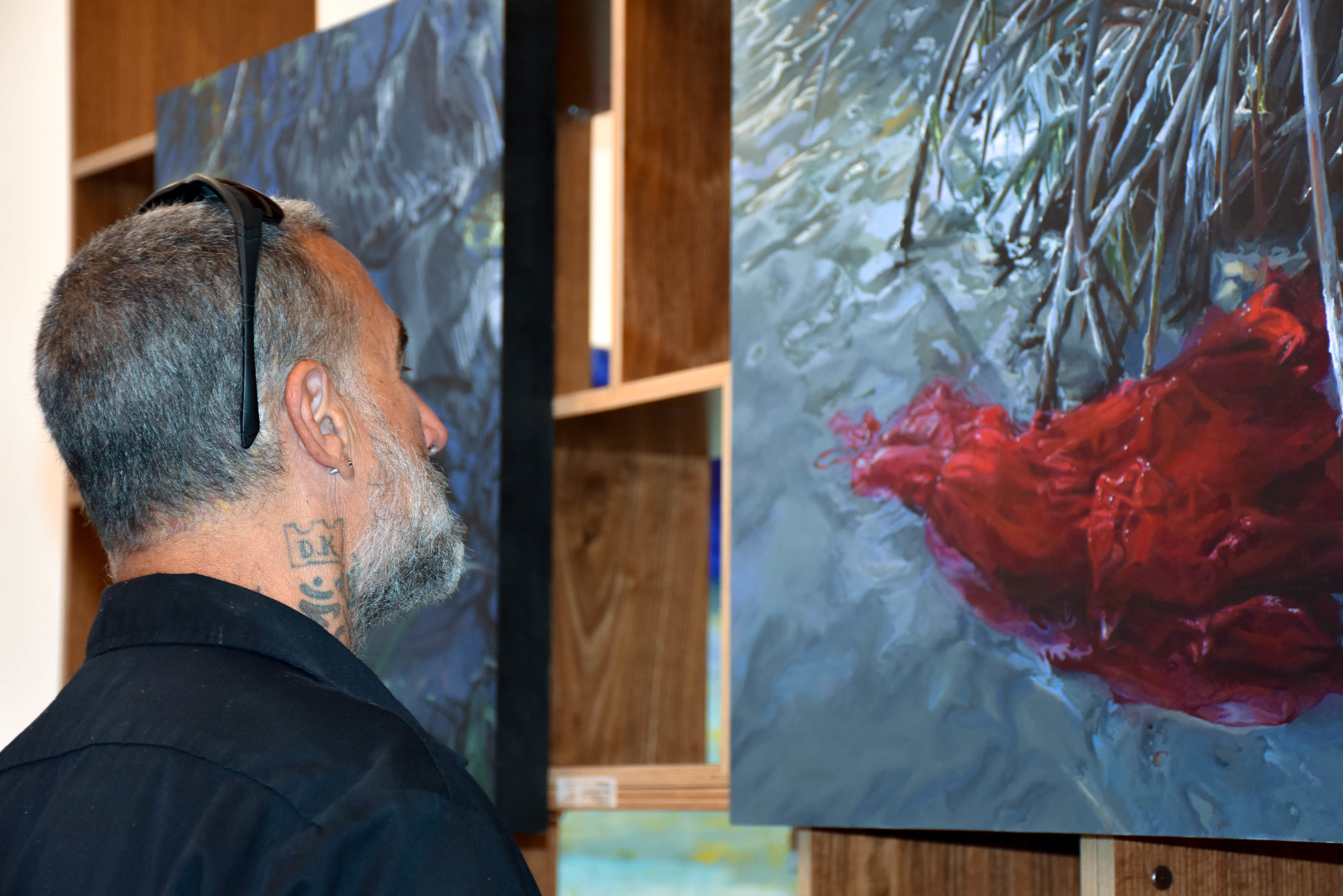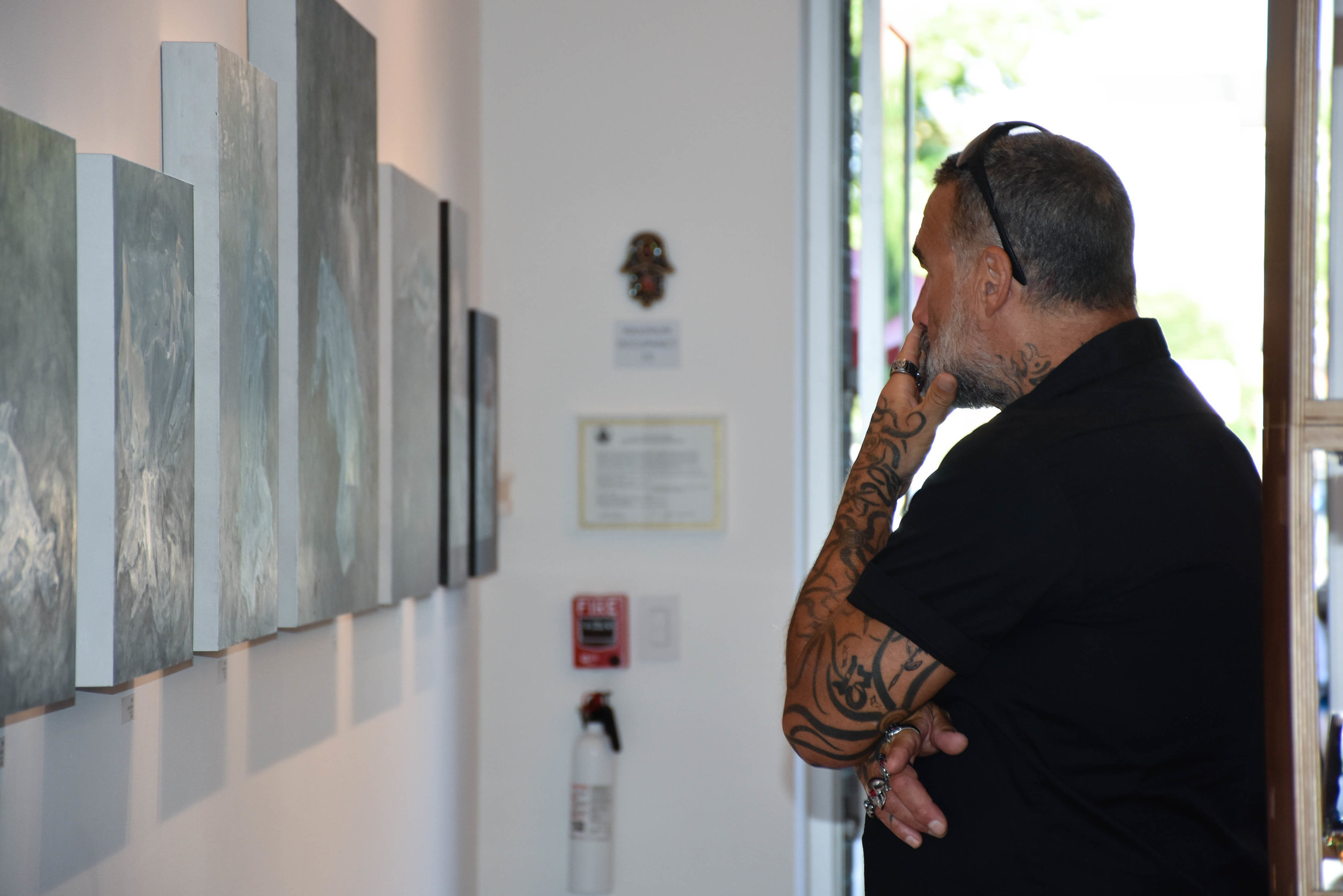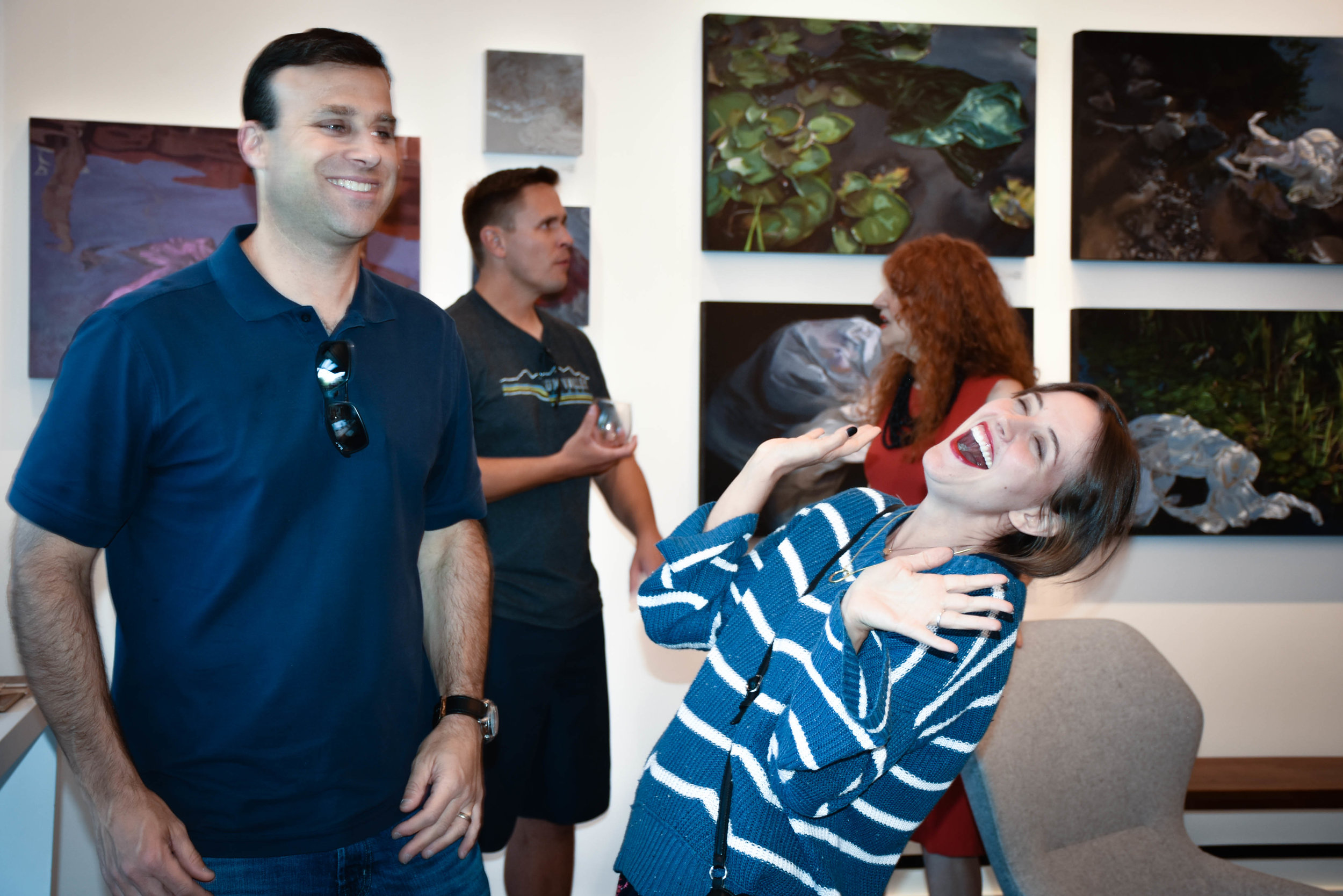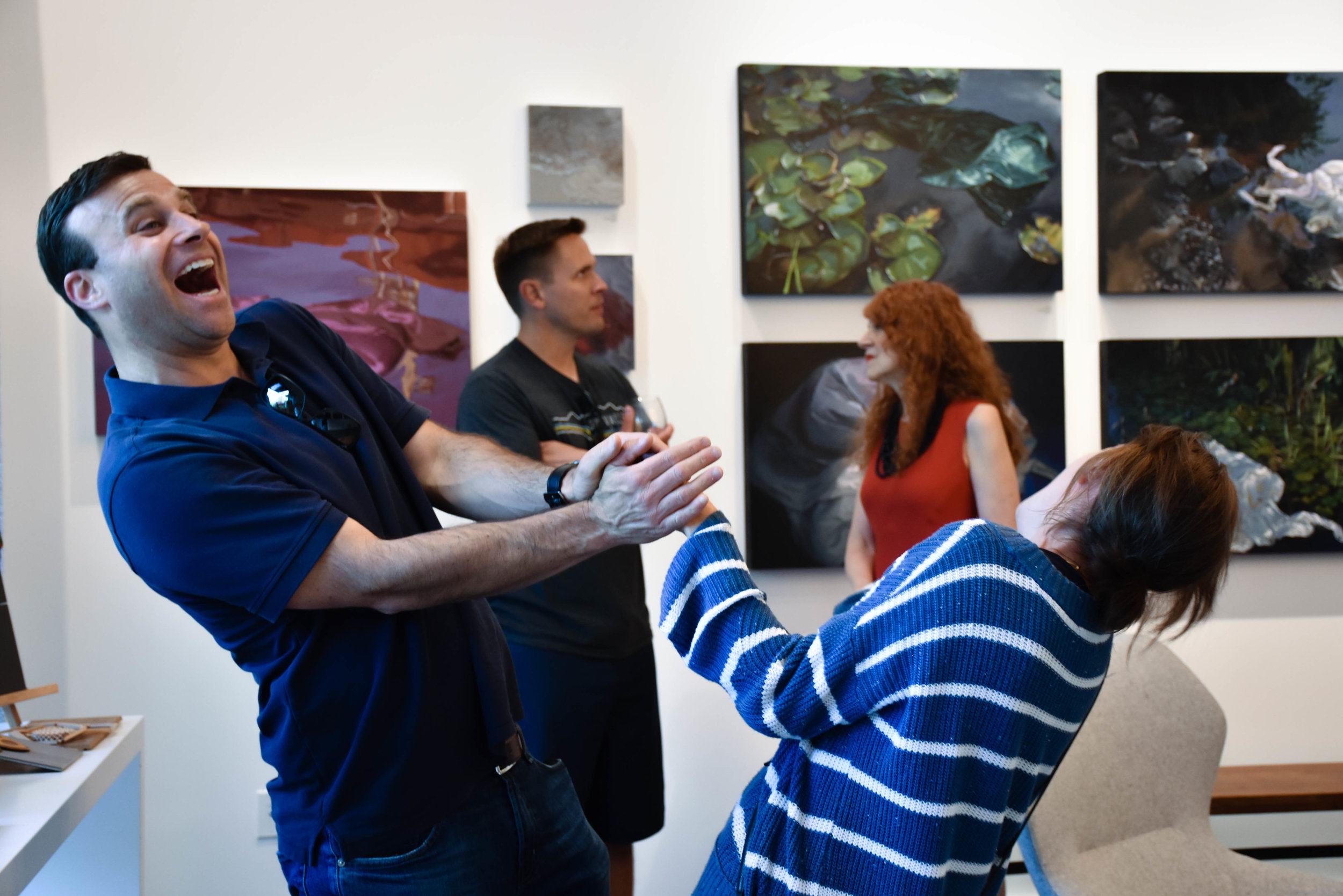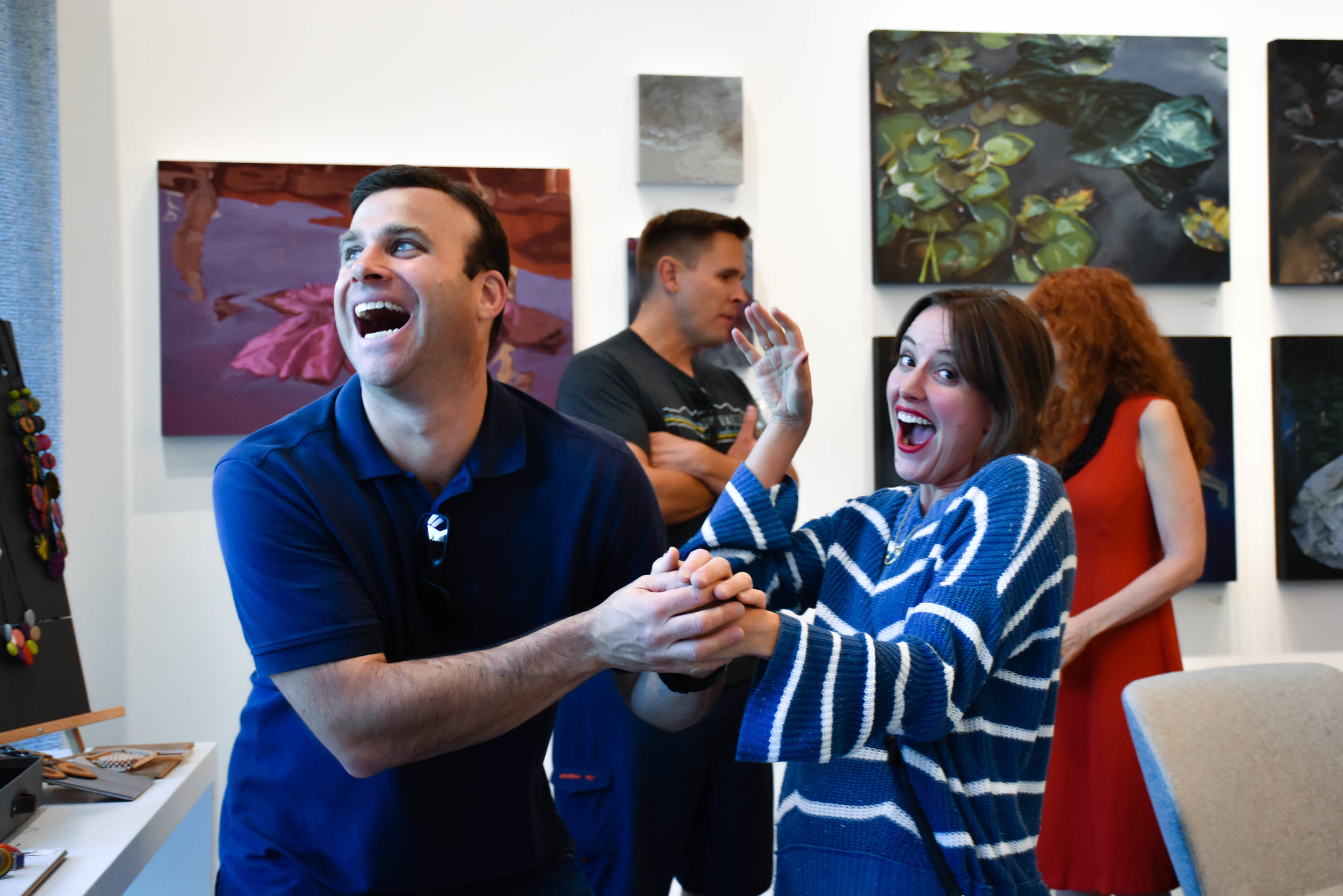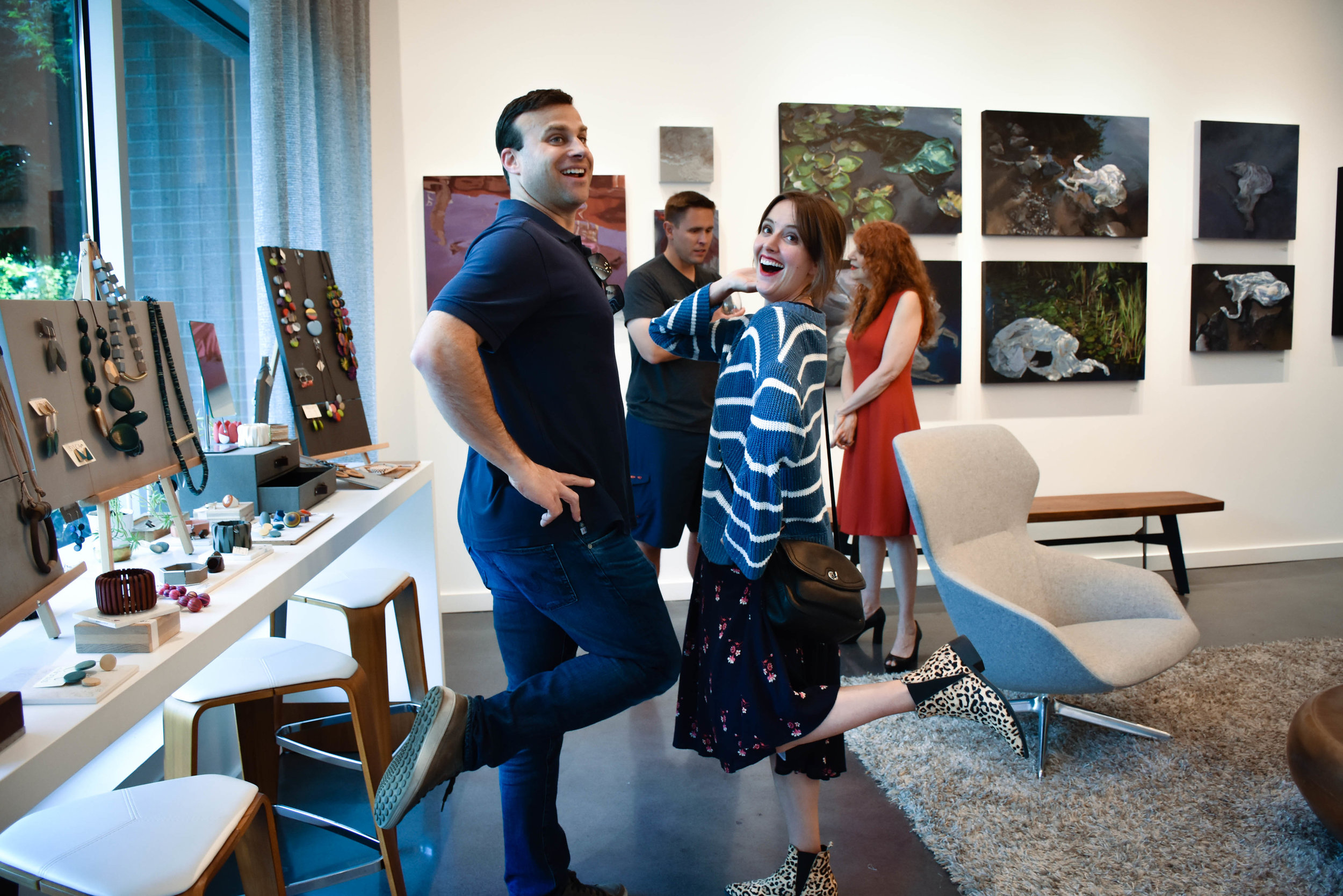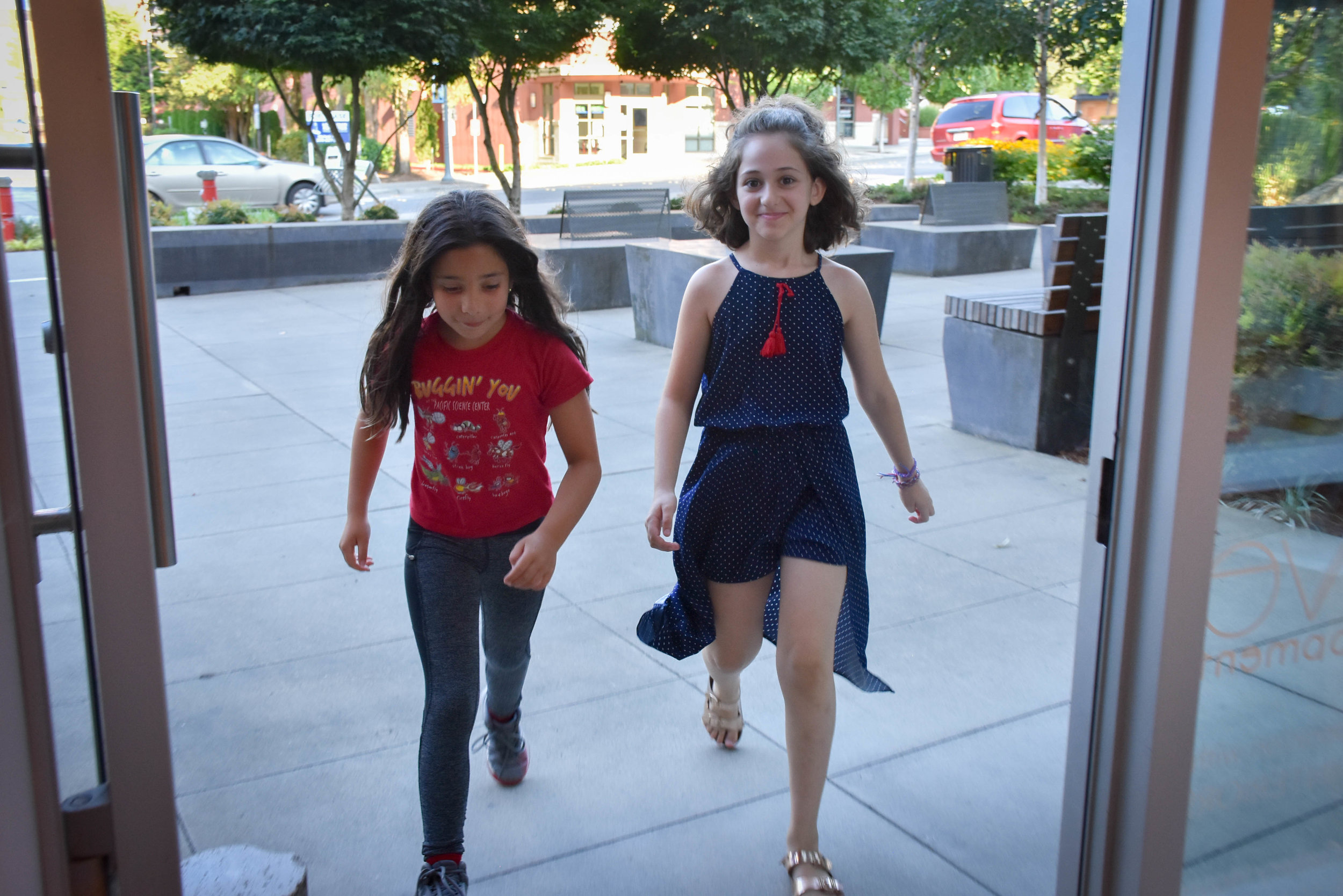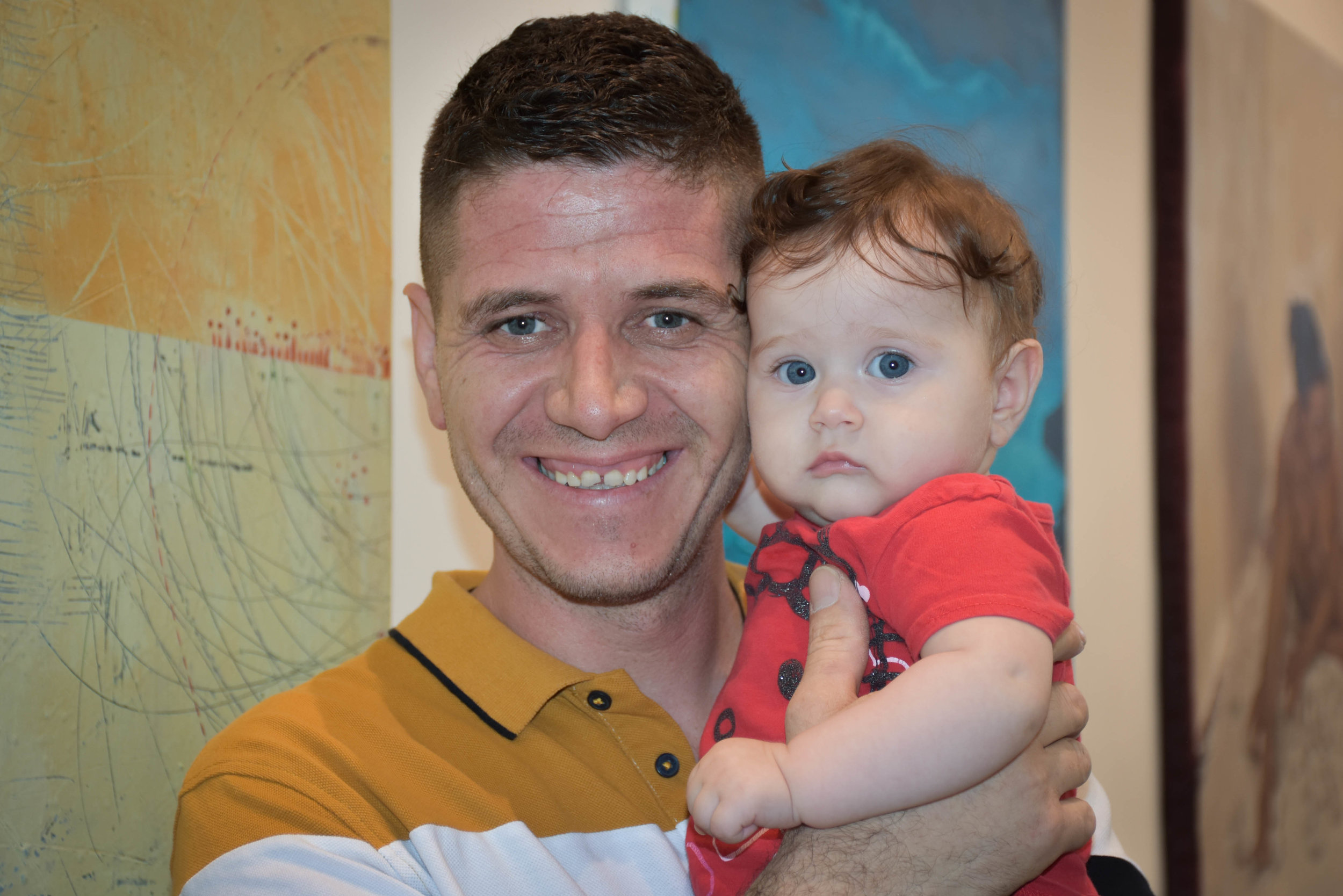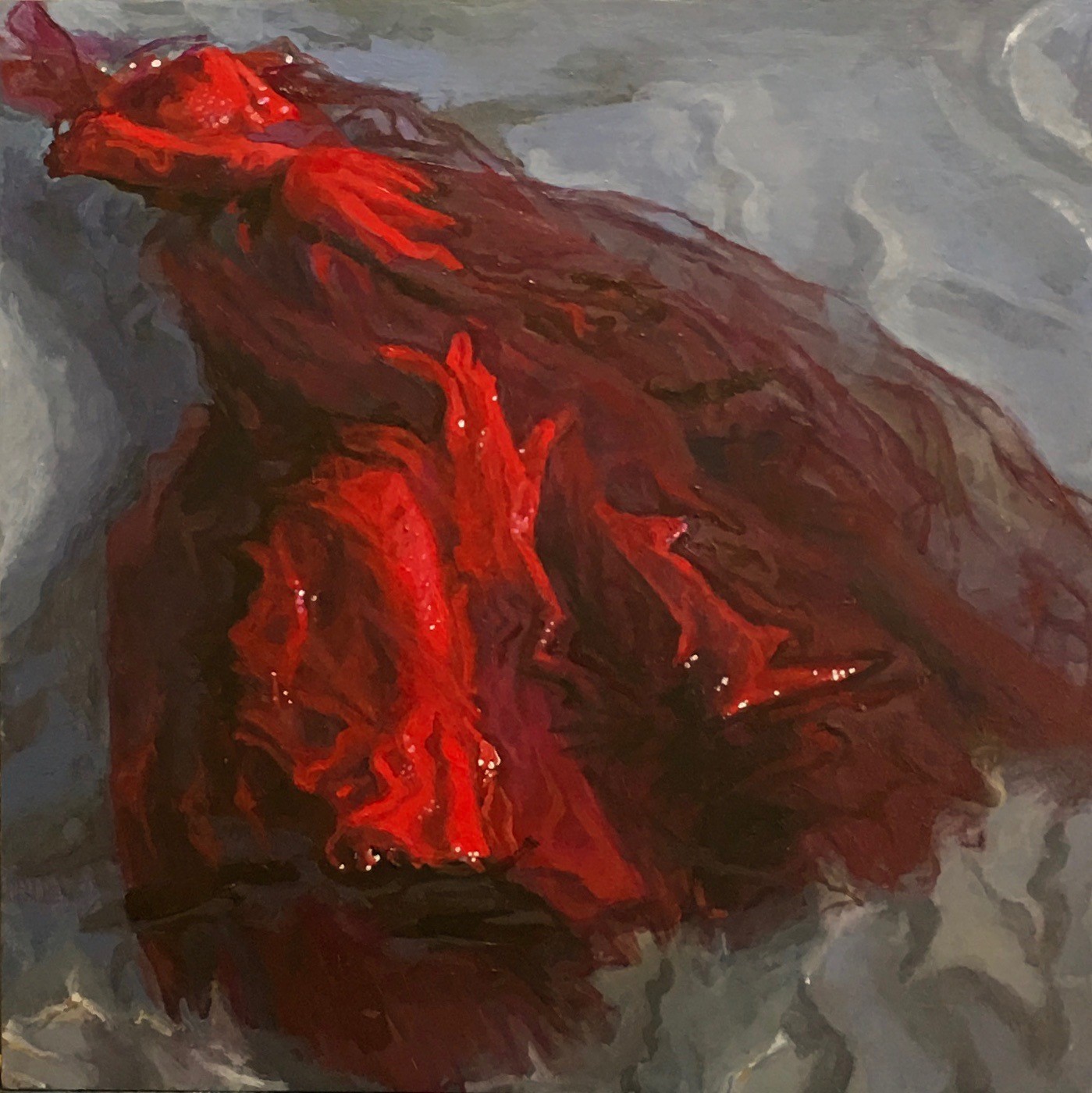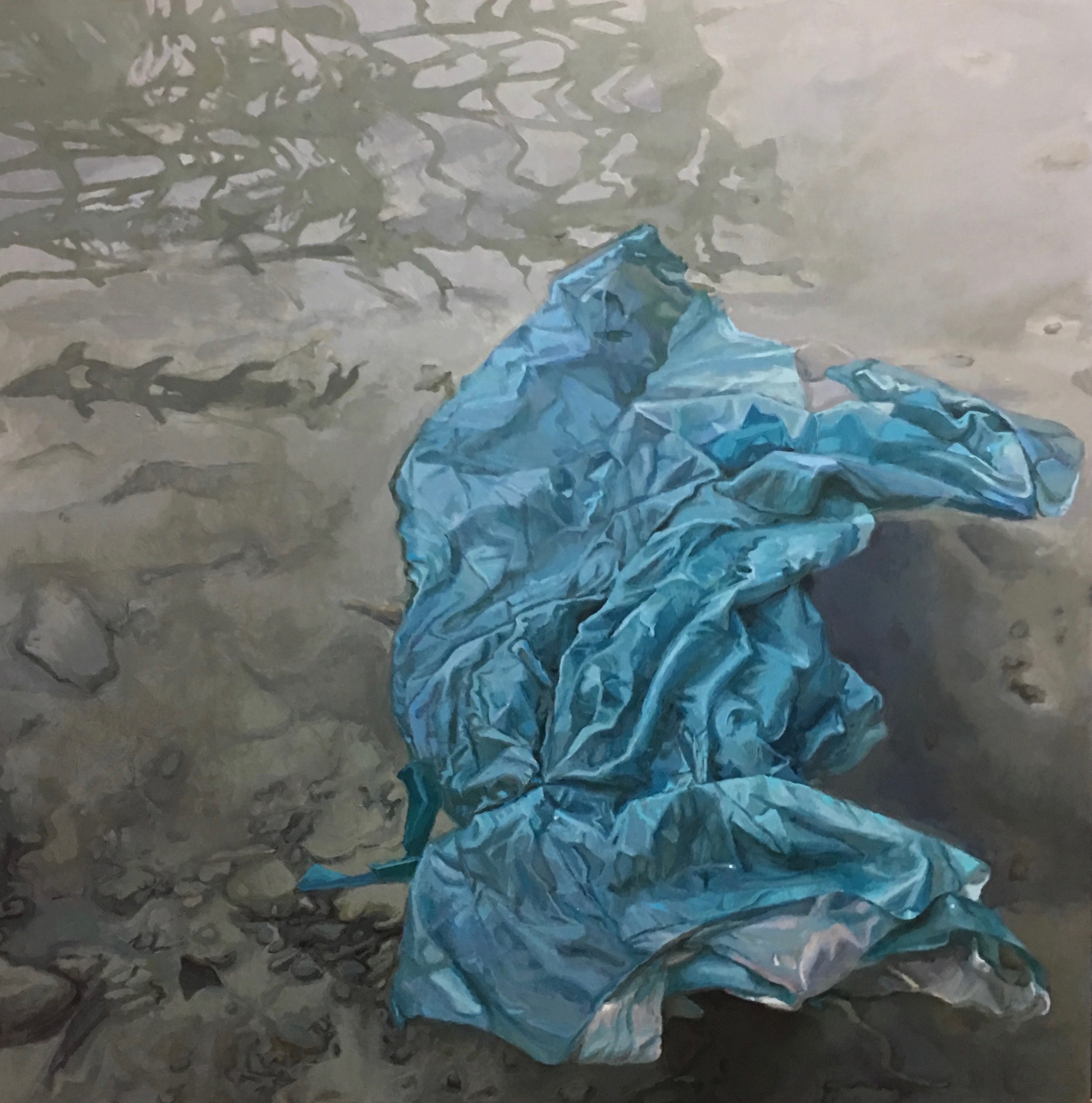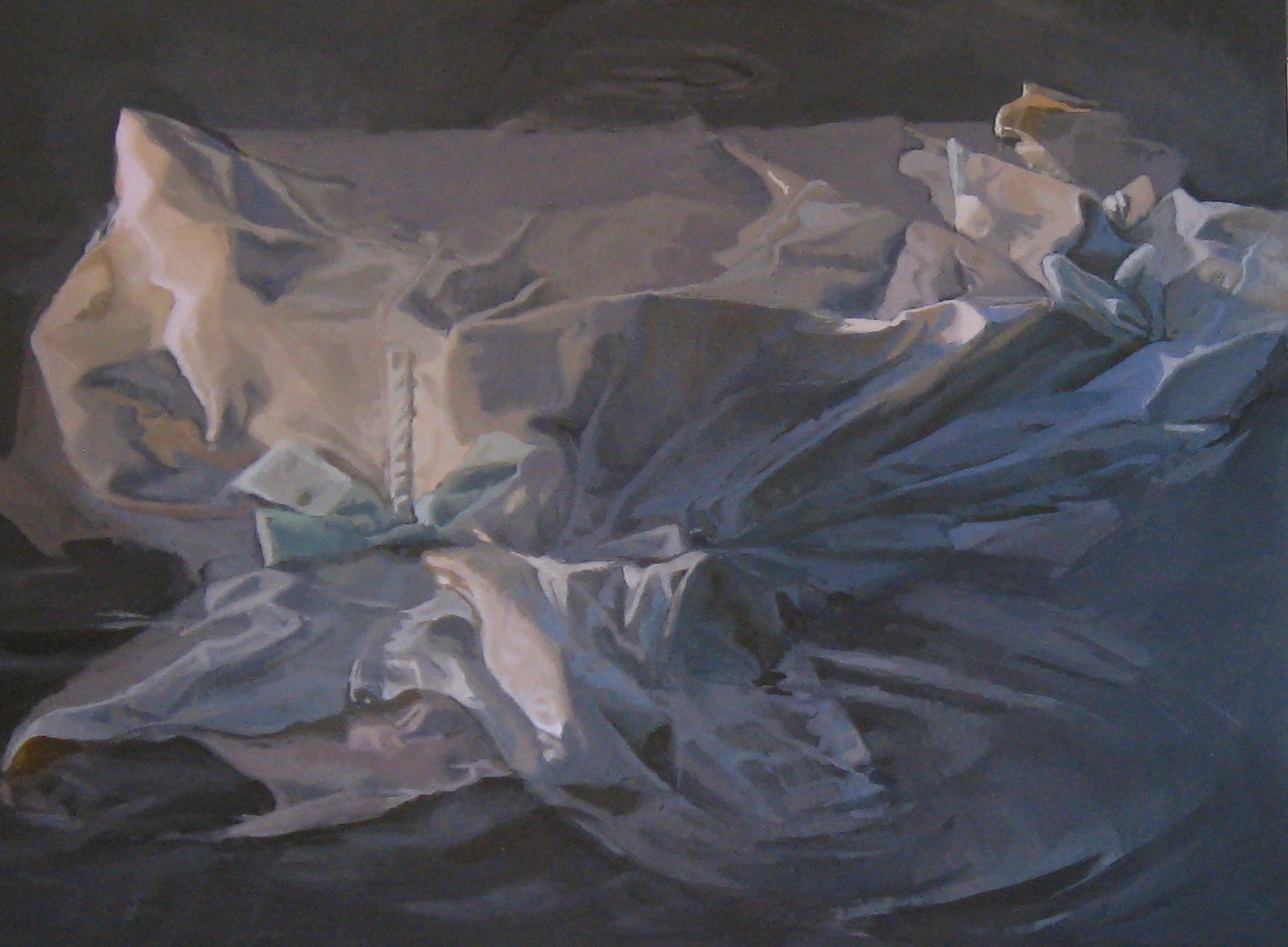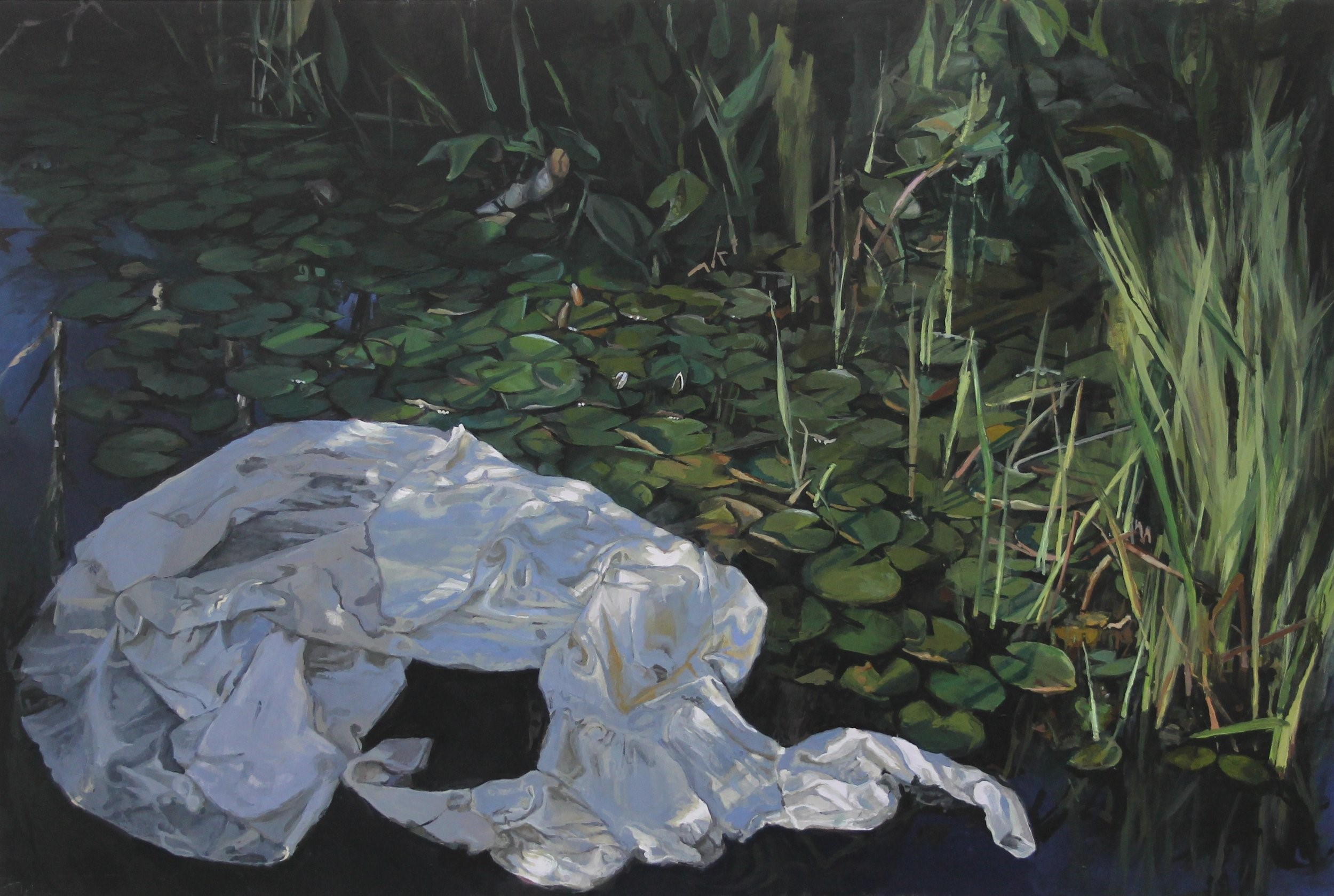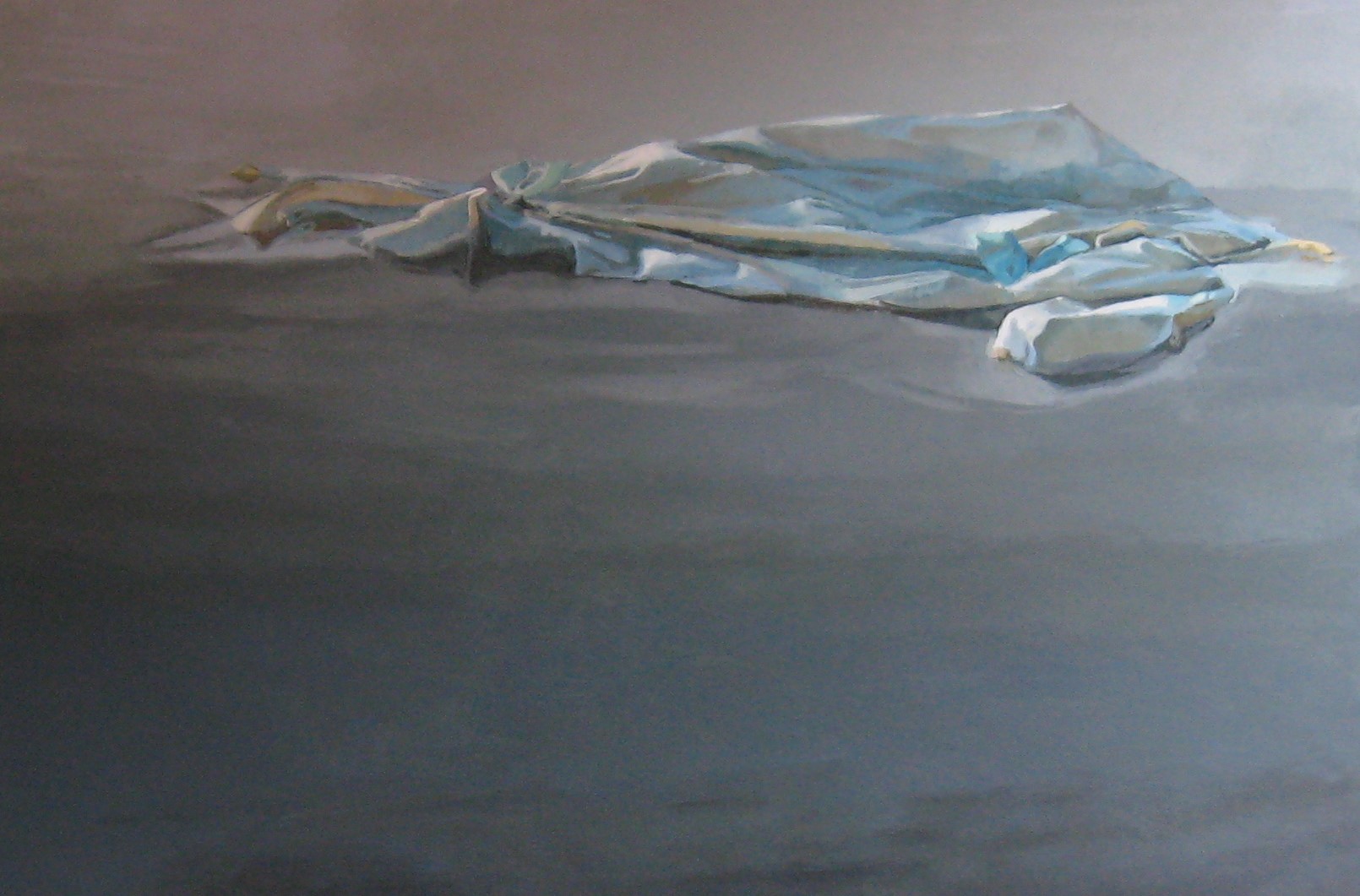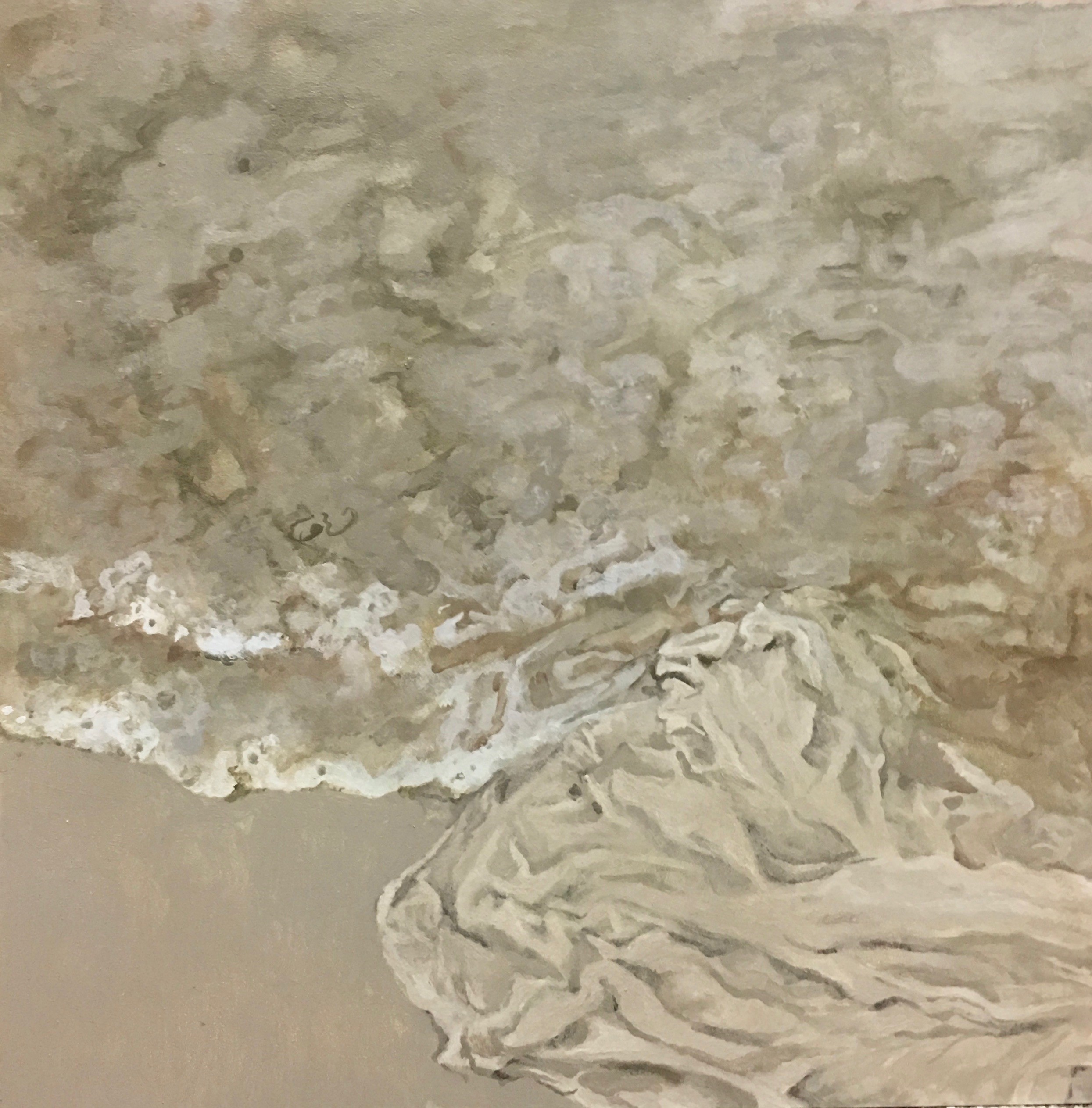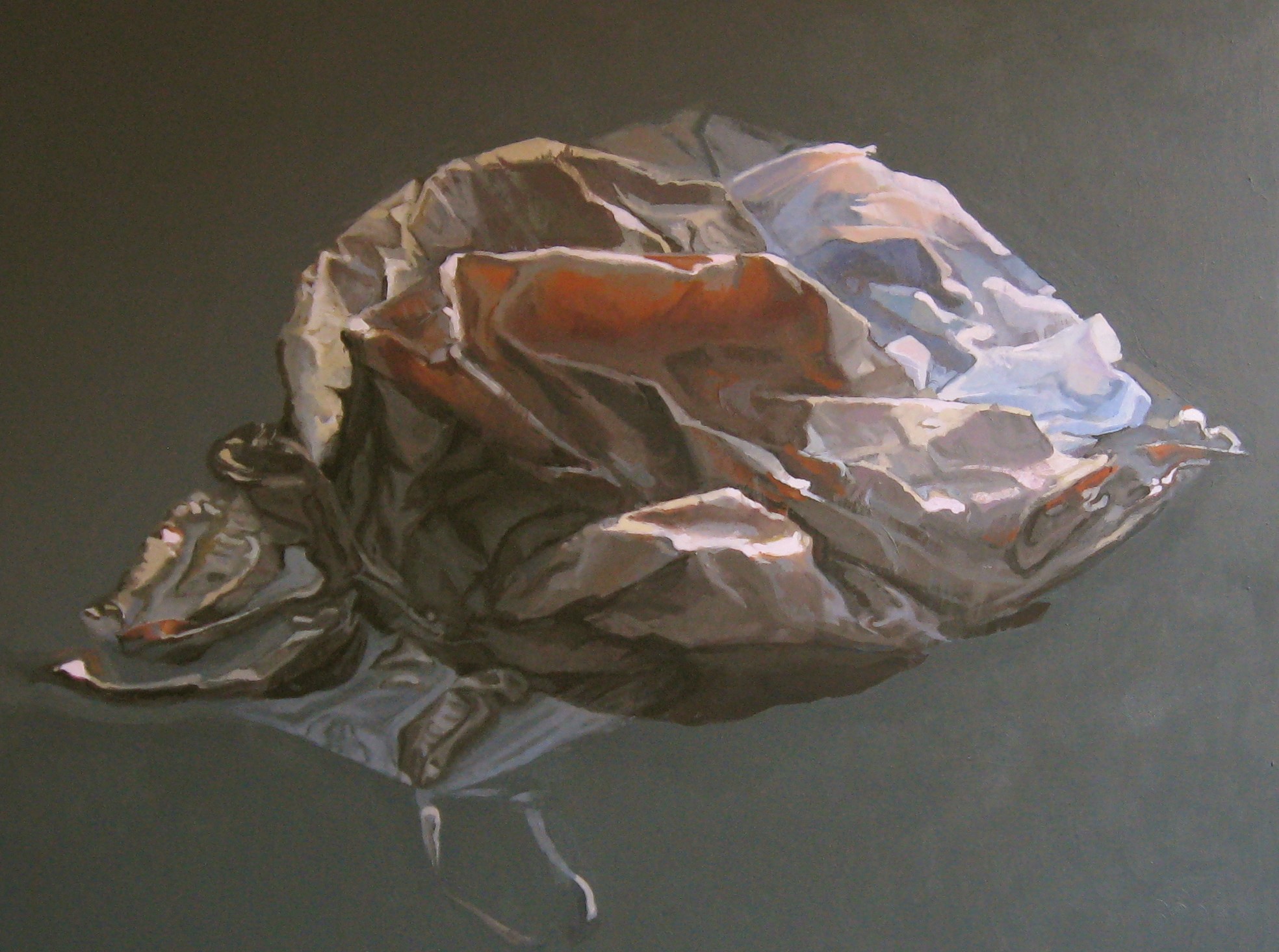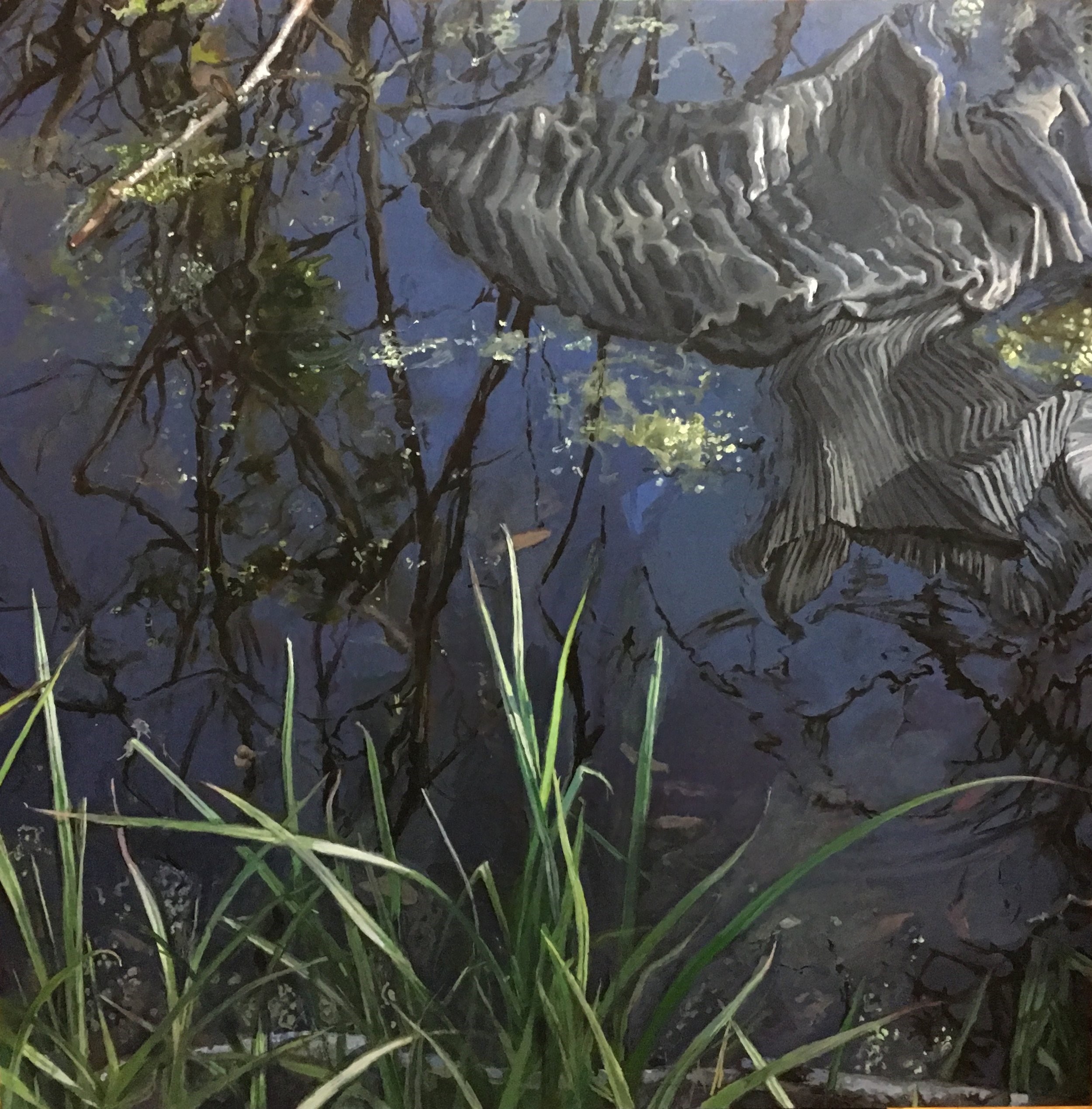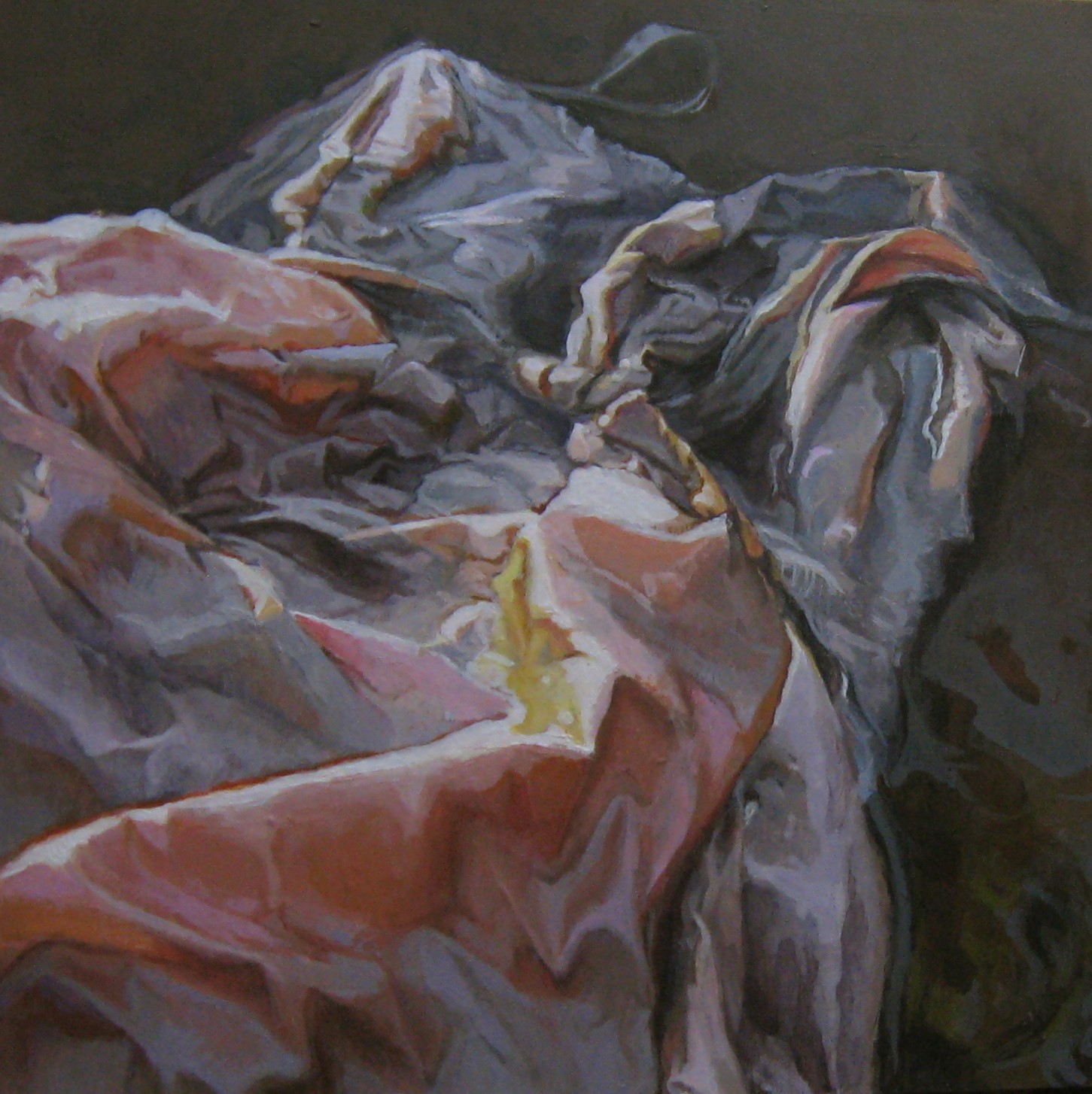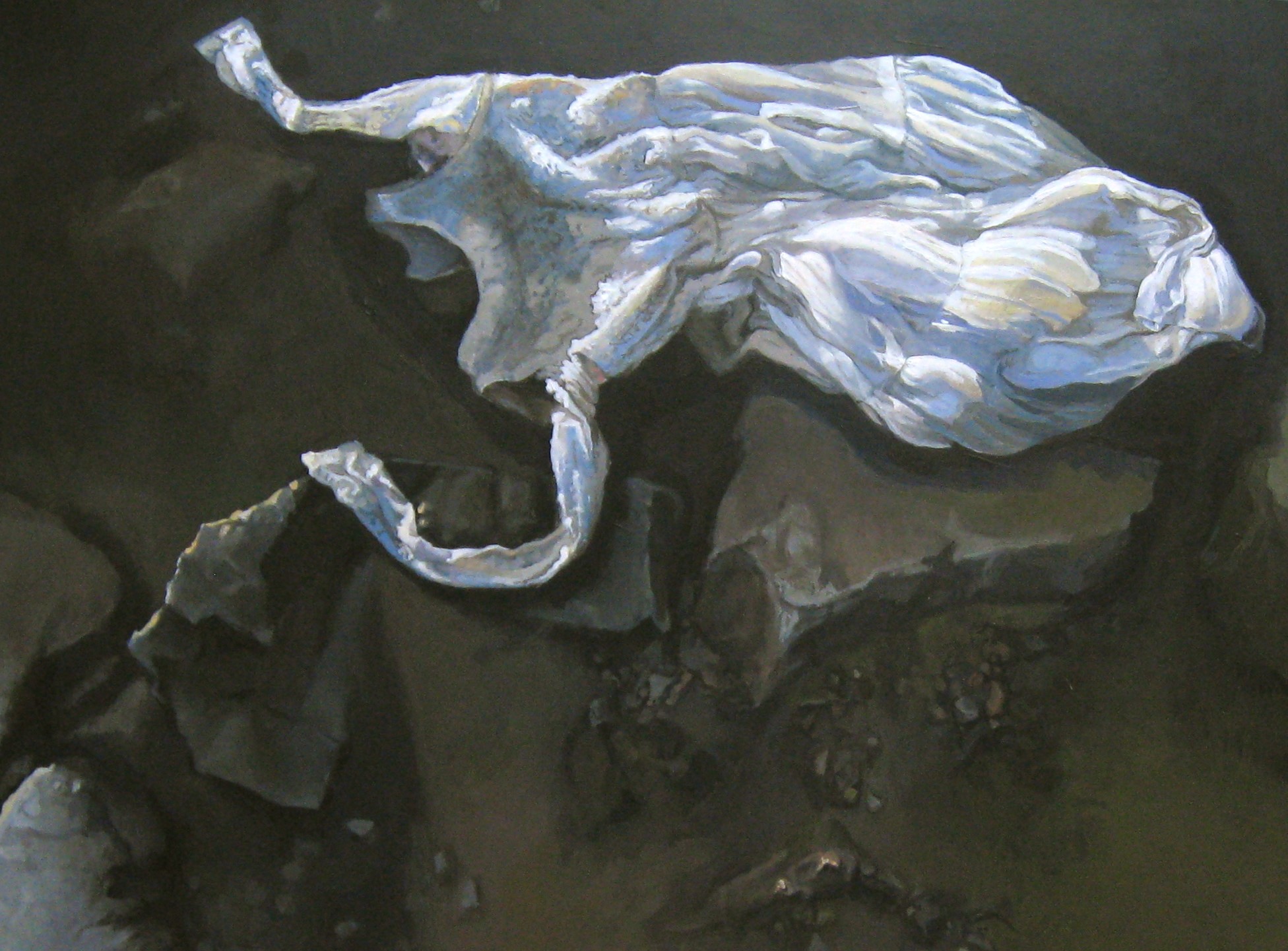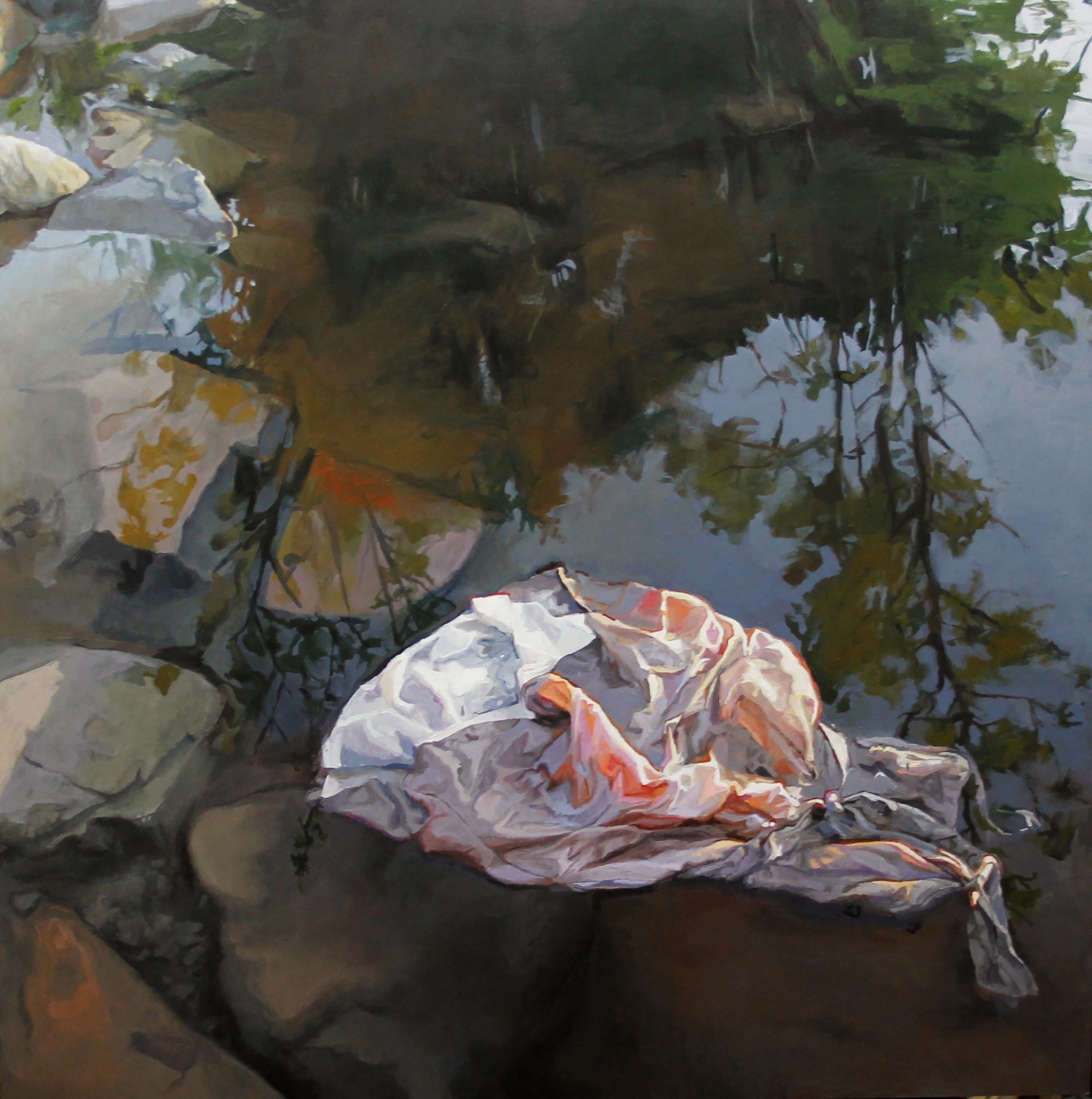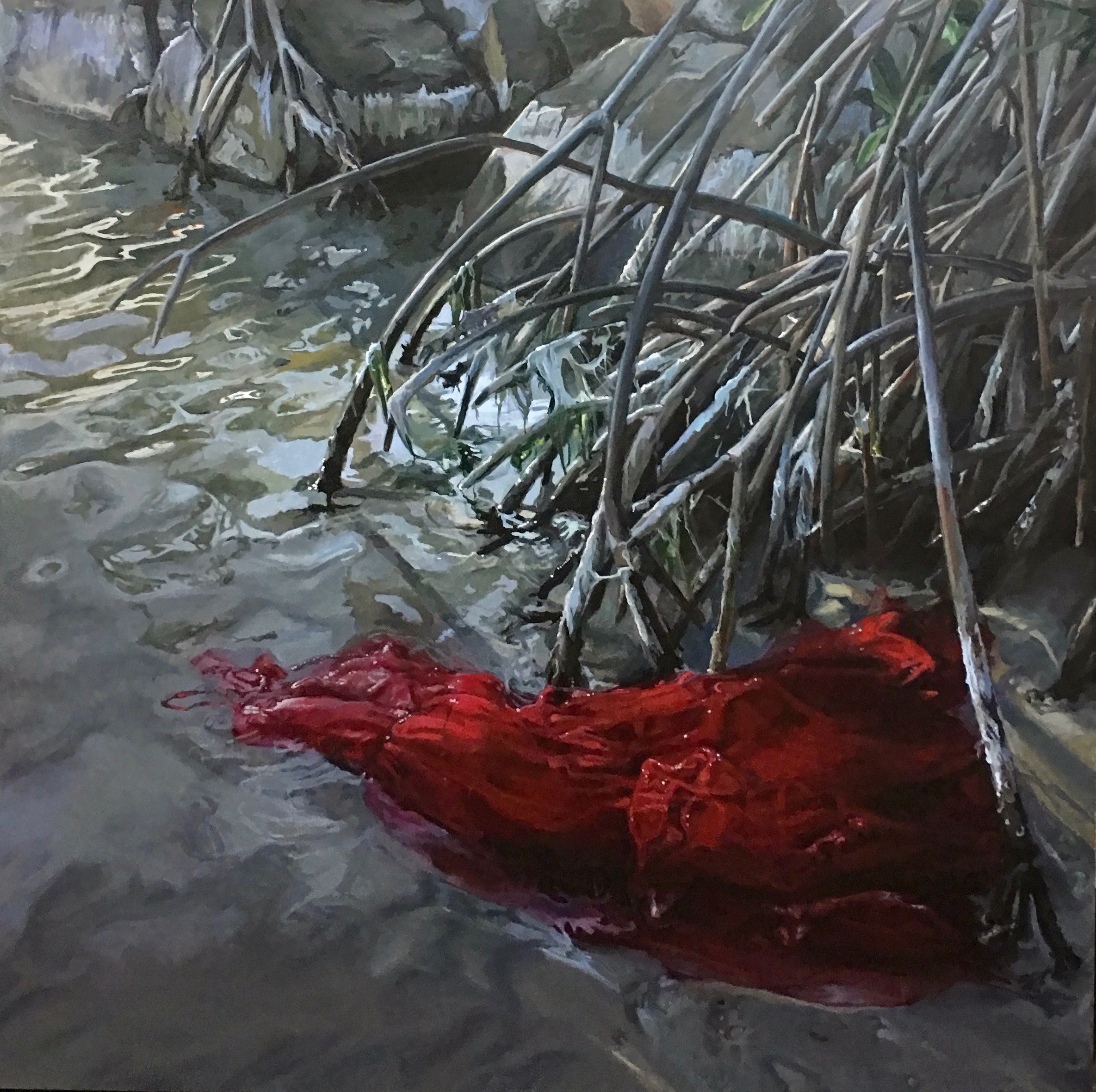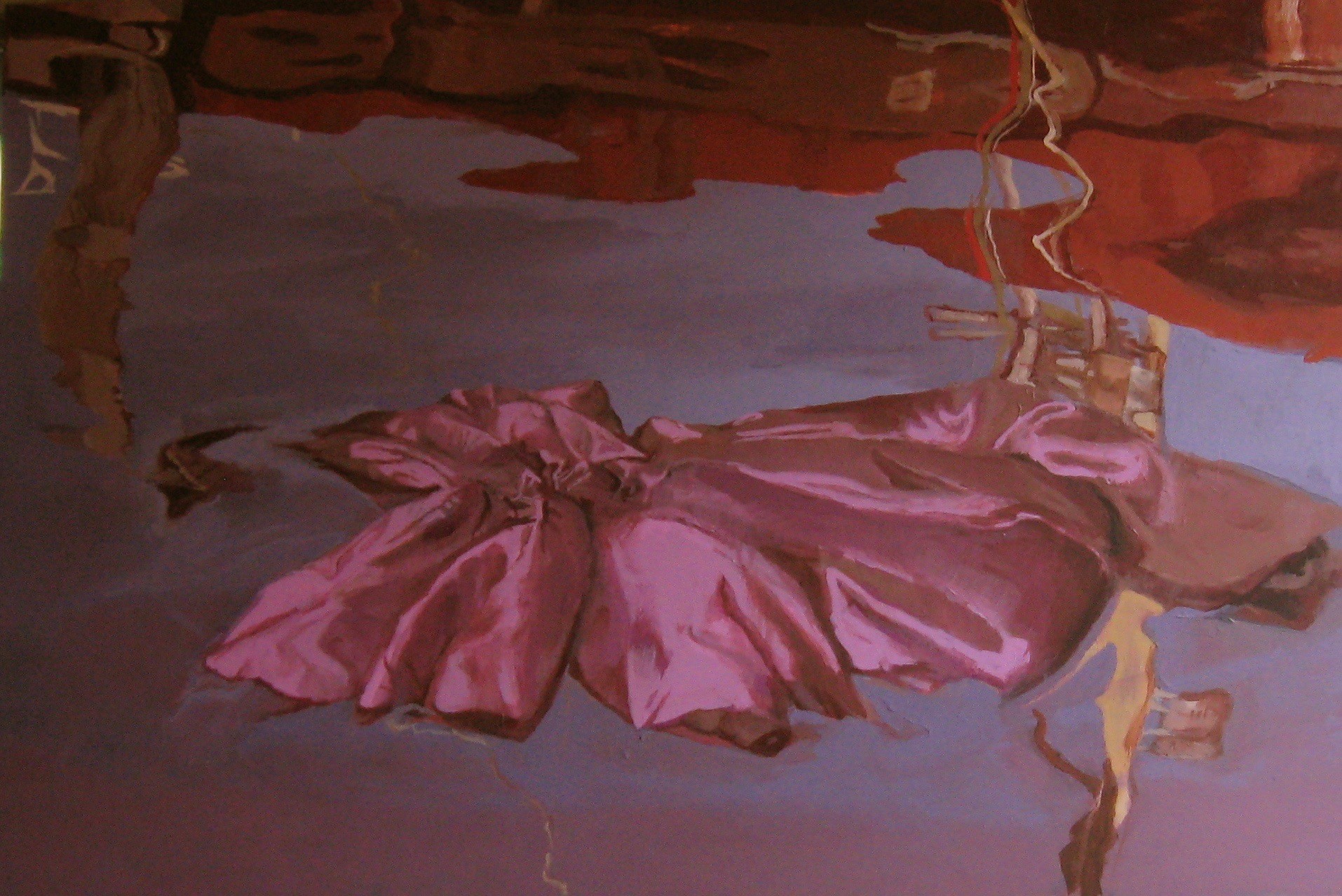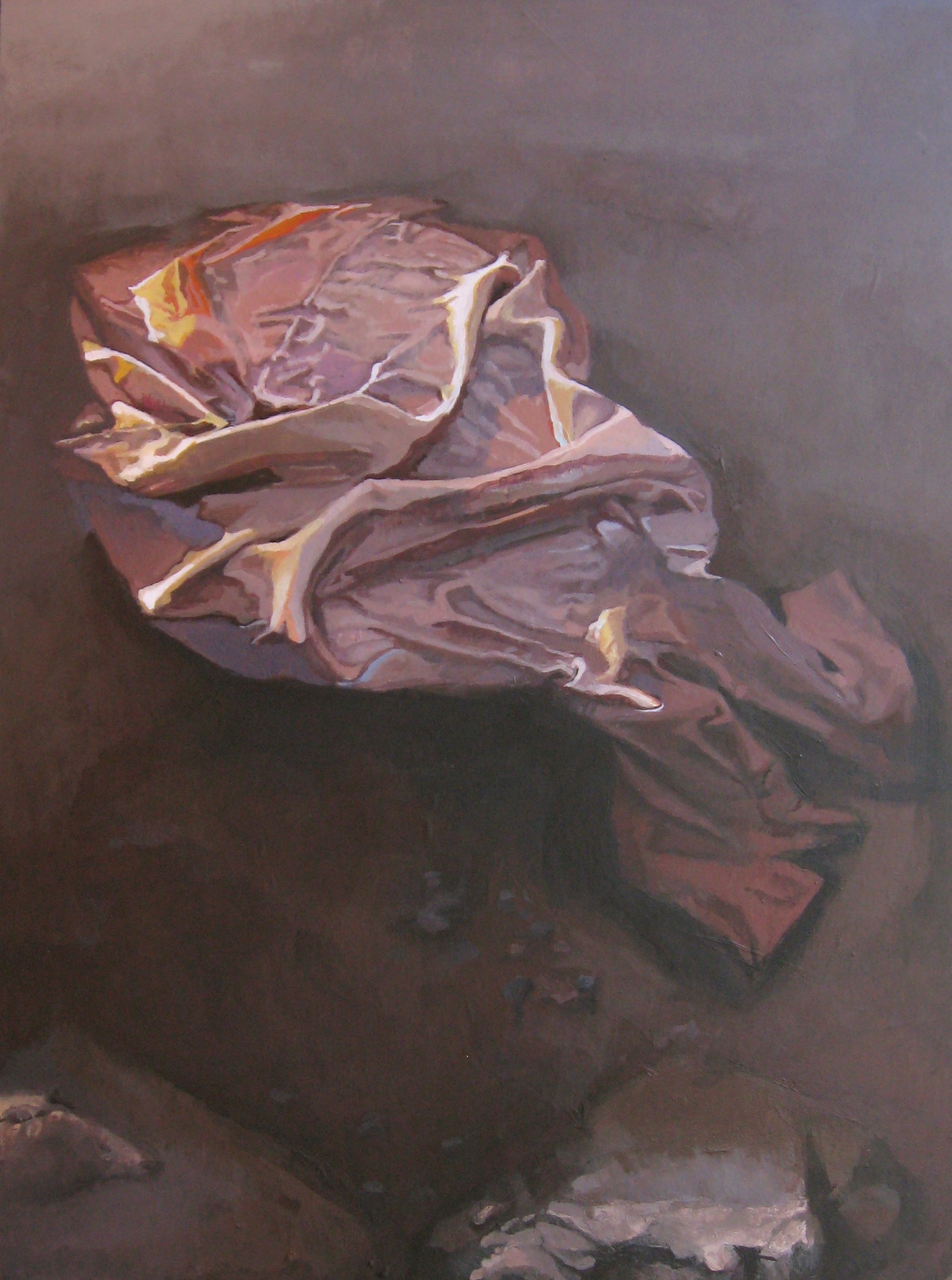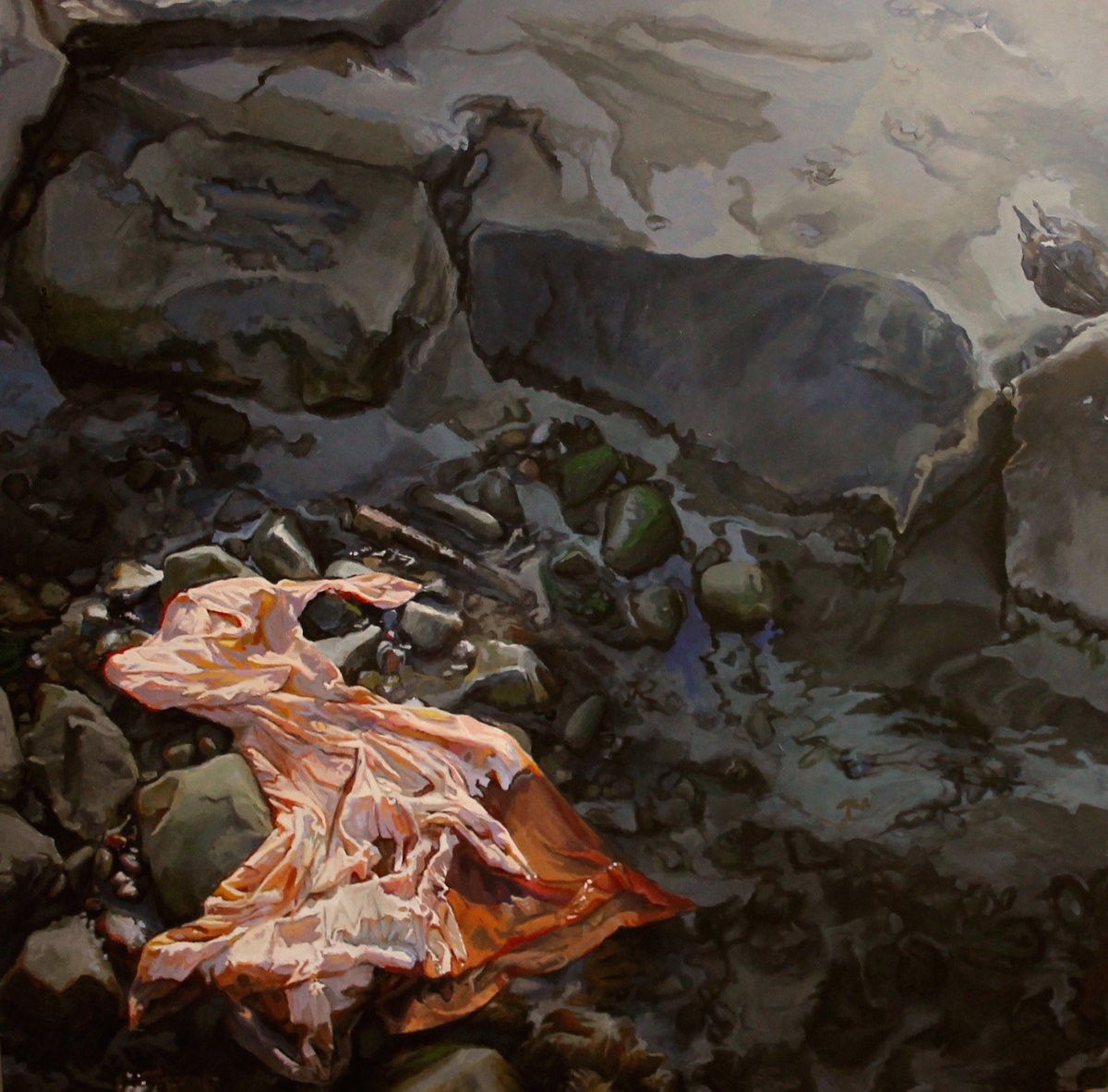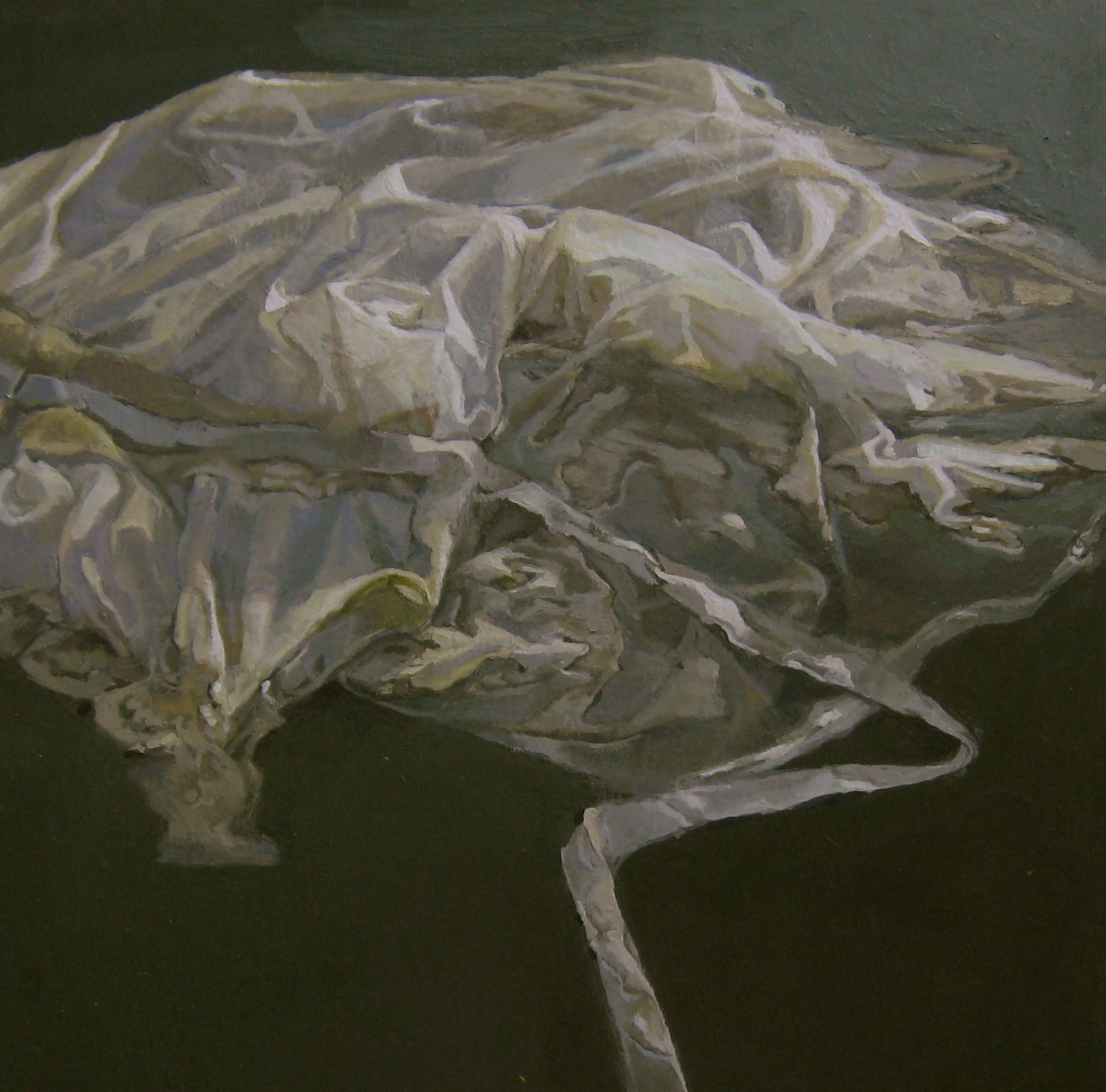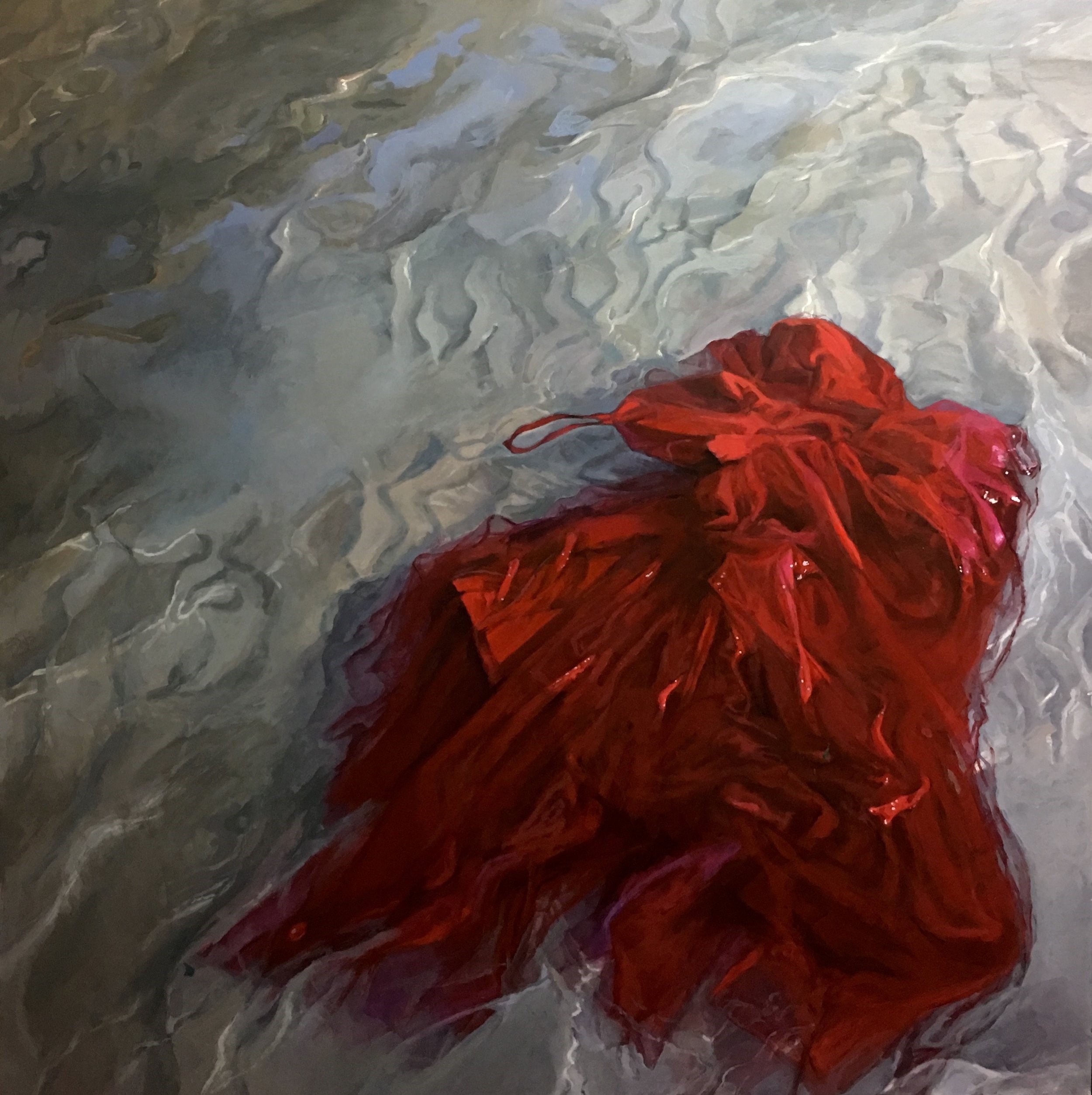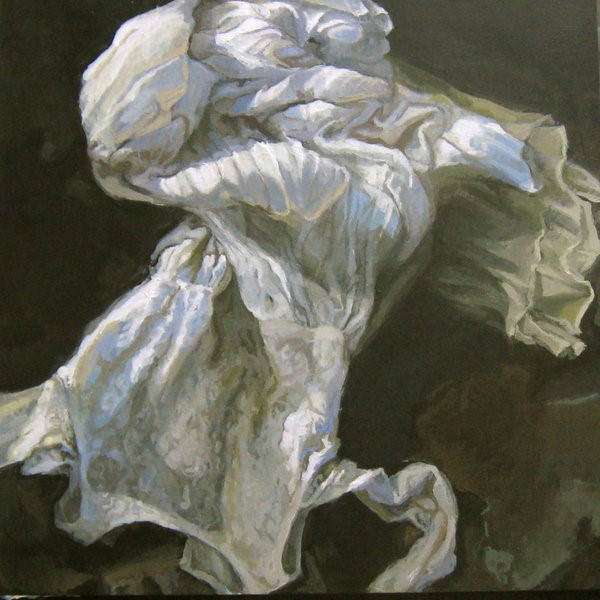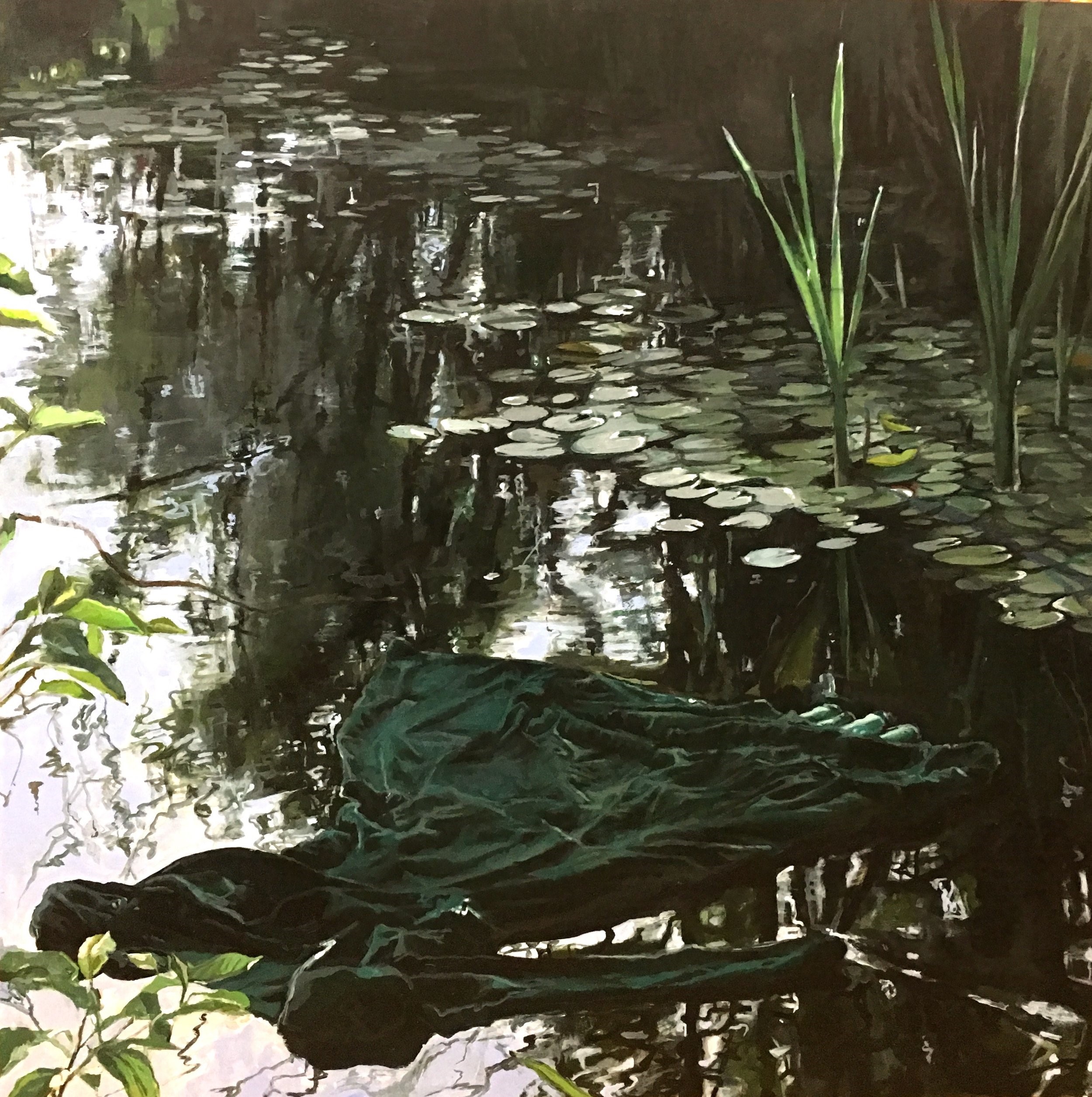08.02.2019 - 09.30.2019
Art Opening & Reception: Friday, August 2, 5-8pm
Art & Wine: Friday, September 6, 5-8pm
It has been a pleasure getting to know Jean Sbarra Jones for her What Dreams May Come exhibit at the SZ Gallery this summer. Jean’s early love of theater costumes has evolved with her artistry into a series of paintings that are not to be missed.
1. Jean please tell us a little about what influenced you to become an artist and how you grew into the established painter you are today?
As a child, I wanted to be an actress. I loved to pretend. I also loved costumes, particularly my turquoise and lavender velvet elf costume I wore in children’s theatre. Color was an early passion, along with the dramatic effect of light on stage. I went to an all-girls Catholic high school. There was not much emphasis on the arts. I made a painting of a forest with sponged on watercolor and then stenciled the poem, “Whose Woods These Are” by Robert Frost on top. I copied drawings of models from magazines and I made collages. Despite no real training, I somehow became an art major at the University of Massachusetts in Amherst. It was a very conceptual department. My BFA thesis consisted of broken glass and spilled makeup.
After college, I was lost and confused about how to move forward. I desperately wanted to be an artist, but I was not satisfied with my conceptual work. It felt empty and superficial; I had no really compelling concepts to explore and even if I had, lack of skill would have left me unable to communicate them. I was discouraged and had to admit that I did not even know how to draw a box in perspective. I went back to school.
I studied modernism and color at the Art Institute of Boston, and then eventually learned traditional skills at Boston University where I stayed and earned my Masters of Fine Arts in painting. Although not a linear path, the diversity of my art education has kept me open and ultimately given me freedom as an artist.
When I got out of school, I waitressed at night and painted during the day. One day out of the blue, I was asked to teach a course in drawing at the Art Institute of Boston. Someone I met in graduate school had recommended me. I had one weekend to prepare for a class starting on Monday. It was trial by fire. I replaced waitressing with teaching and have been an adjunct instructor ever sense. I currently teach at Massachusetts College of Art and Design in Boston and Gordon College in Wenham, MA. Along the way, I lost my courage for the stage, but thankfully married an actor and theatre professor.
2. Your exhibit What Dreams May Come features dresses floating through water. What inspired you to create this series of paintings?
I started painting costumed figures in graduate school. The figures eventually became characters in narrative paintings, mainly of brooding women; alone, drinking, smoking and talking on the phone in a hotel room. The dress became my subject after graduate school. I had costumes left over, and no money for models. Also, due to an unexpected spiritual experience among other life lessons, the angst women narrative was no longer of interest to me. I painted the clothing as still-life material at first, then brought a dress out into the landscape. I hung it on trees and draped it over rusted fishing boats. Several years ago, while on a boat with my husband, a purple satin party dress fell in the ocean. The accidental image created exquisite shape, texture and movement of light on water and fabric. The dress in water became my new subject. It revealed itself as a metaphor with a dreamlike narrative, more poetry than prose.
I paint the image initially, very loosely from a reference photo. Staging the photograph is the first part of the process. My husband ties clear fishing line to the top of the dress and then tosses it into various bodies of water until I am satisfied with the relationship of dress, water and landscape. Usually, we need to toss it innumerable times before it lands in the water looking like much of anything. I take on the job of director with the dress being my solo performer. Its gesture reveals the mood and story. Back in the studio, I start painting a chosen image. I work in acrylic paint on wood panels. I start very loosely with warm and cool grey. I draw and paint at the same time, allowing the image to appear organically out of large shapes that turn into smaller ones.
3. In turning over our art gallery, we’ve noticed that the artwork changes the mood and vibe of our space. What emotions are you hoping to evoke with your exhibit?
I hope to evoke wonder and mystery. I wish to create an environment that stimulates the imagination and allows for contemplation. There is a personal and emotional quality to my work which is not communicated instantaneously. My desire would be that the paintings are not only seen but experienced.
4. Jean you teach at the Massachusetts College of Art and Design in Boston and Gordon College in Wenham, MA. What message do you hope to ingrain with your students?
Being an artist is not possible without ruthless devotion. There are no shortcuts. Painting needs to be as essential as breathing. Sacrifice and rejection are a given. Developing a thick skin while also being exquisitely sensitive is a delicate balance and is never perfected. Never stop being a student and be completely yourself.
5. Who are your biggest artistic influences?
There are so many that it would be impossible to include them all, but I will list several visual artists. Older: Edouard Vuillard, Eugene Delacroix, George Bellows, Edgar Degas, Mark Rothko, William Turner and Johannes Vermeer. Contemporary: Erin Milan, Rebecca Orcutt, Aideen Berry and Virginia Lee Montgomery.
Every summer, I travel to London with my husband who leads a British Theatre seminar. We see approximately twenty productions in two weeks. The immediacy and intimacy of live theatre is an immeasurable inspiration. Fiction is another. My favorite authors are Haruki Murakami, J.D. Salinger, and Marilynne Robinson. Memorable movies are “Never Let Me Go” and “Manchester by the Sea”. My favorite TV series is “Rectify” on Netflix.
6. What’s next?
After I leave Seattle, I am off to London and Edinburgh for the British Theatre seminar. Then, back to the studio and the start of the fall semester at Mass College of Art. I hope to travel this year to discover new settings for future dress in water paintings. Maybe I will come back to Mercer Island. This setting is glorious.

